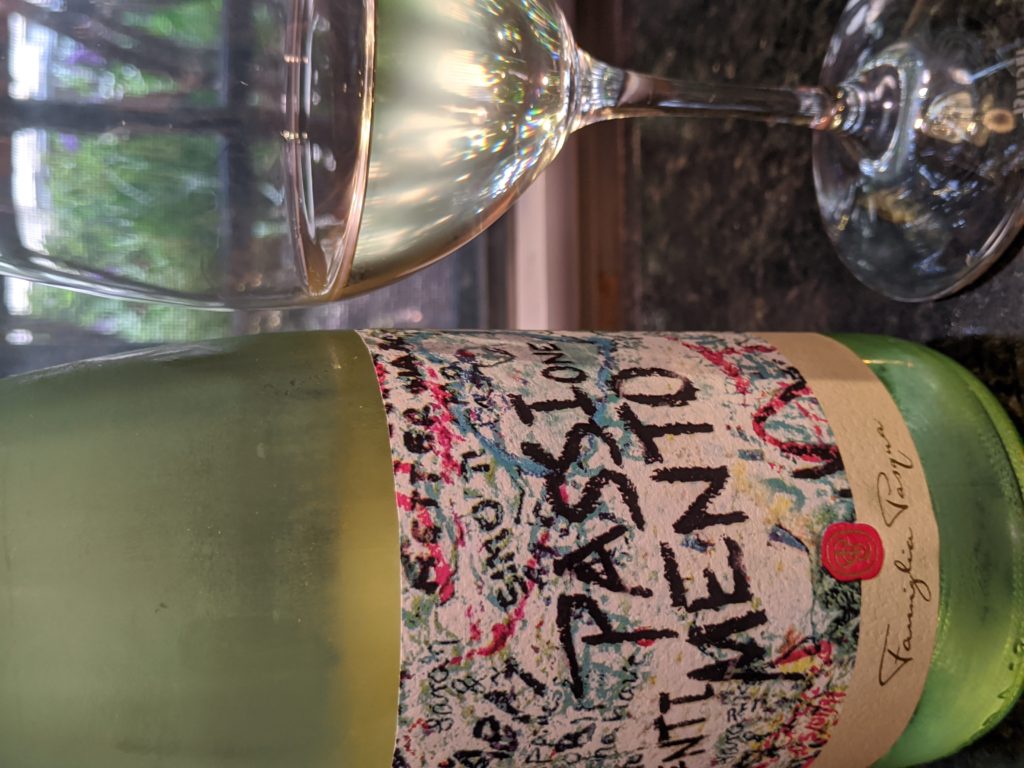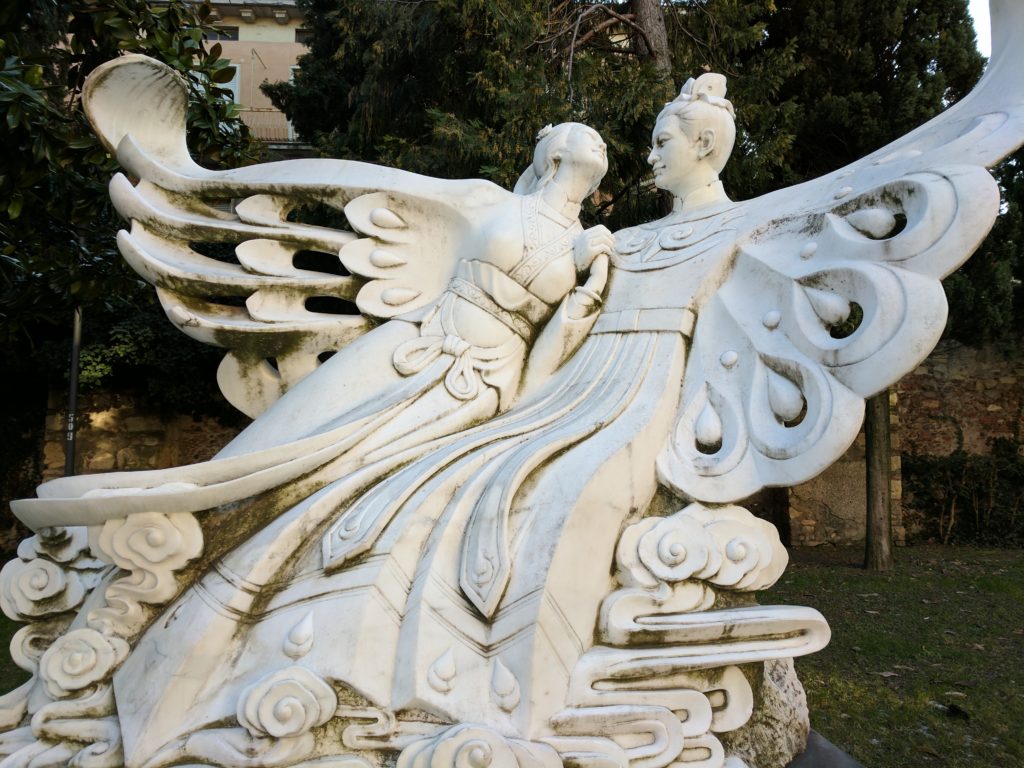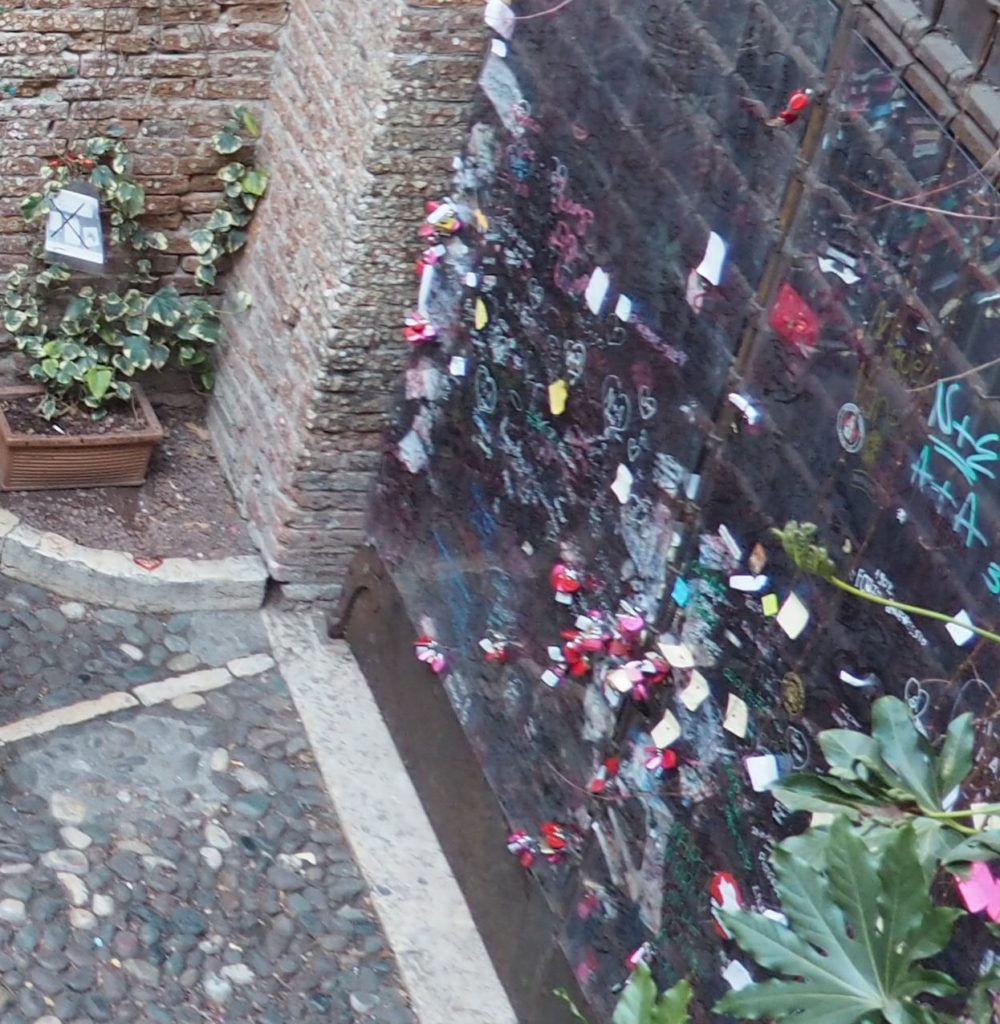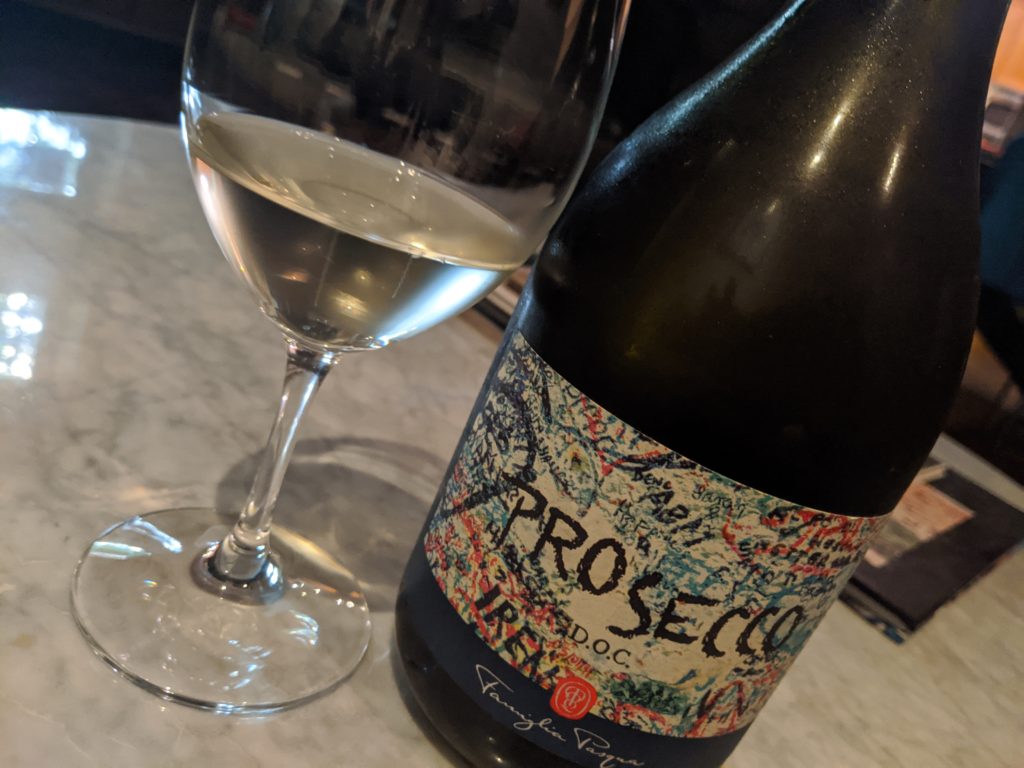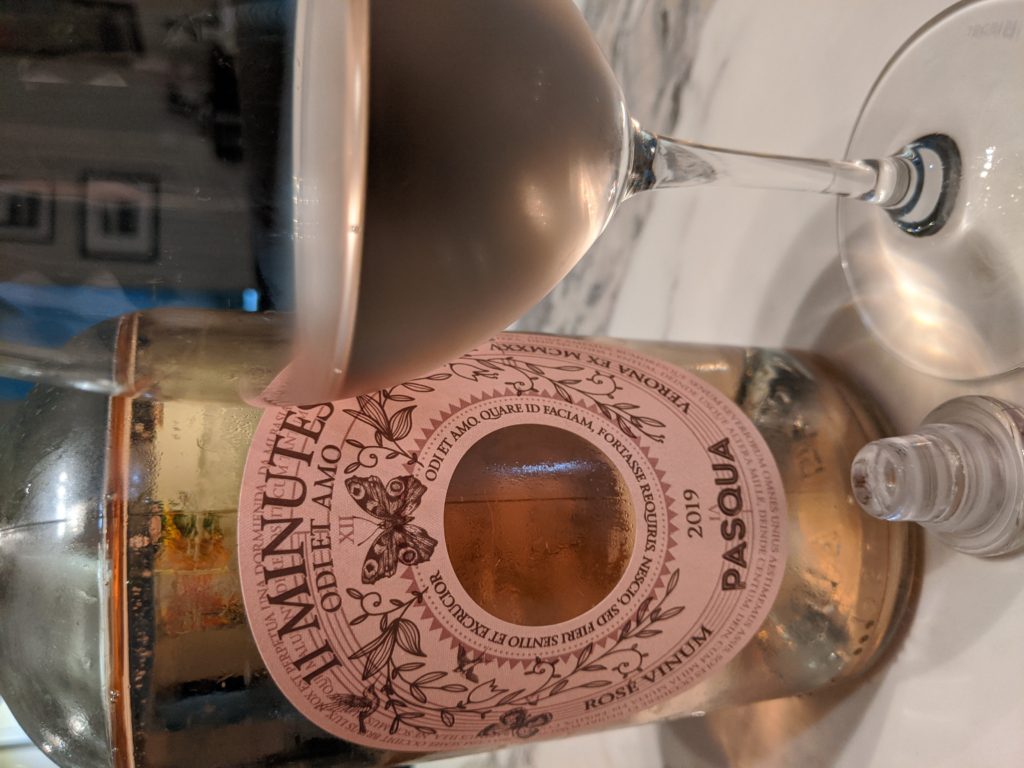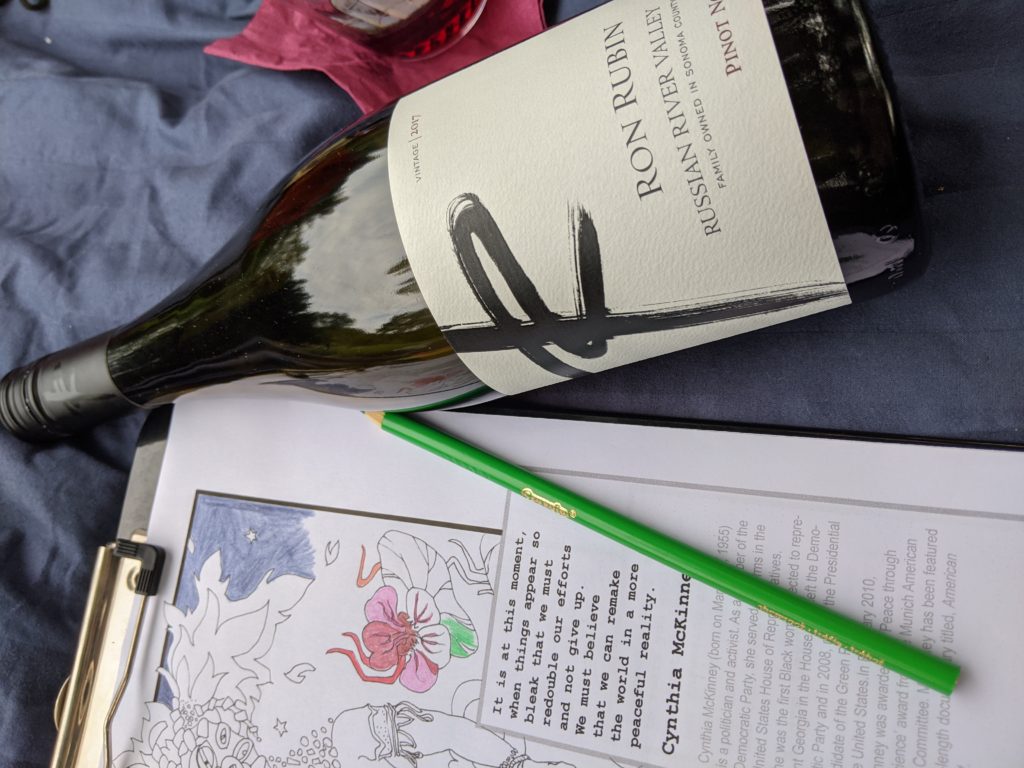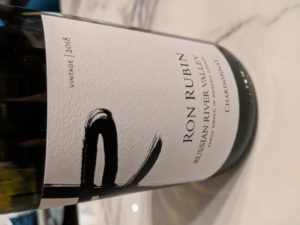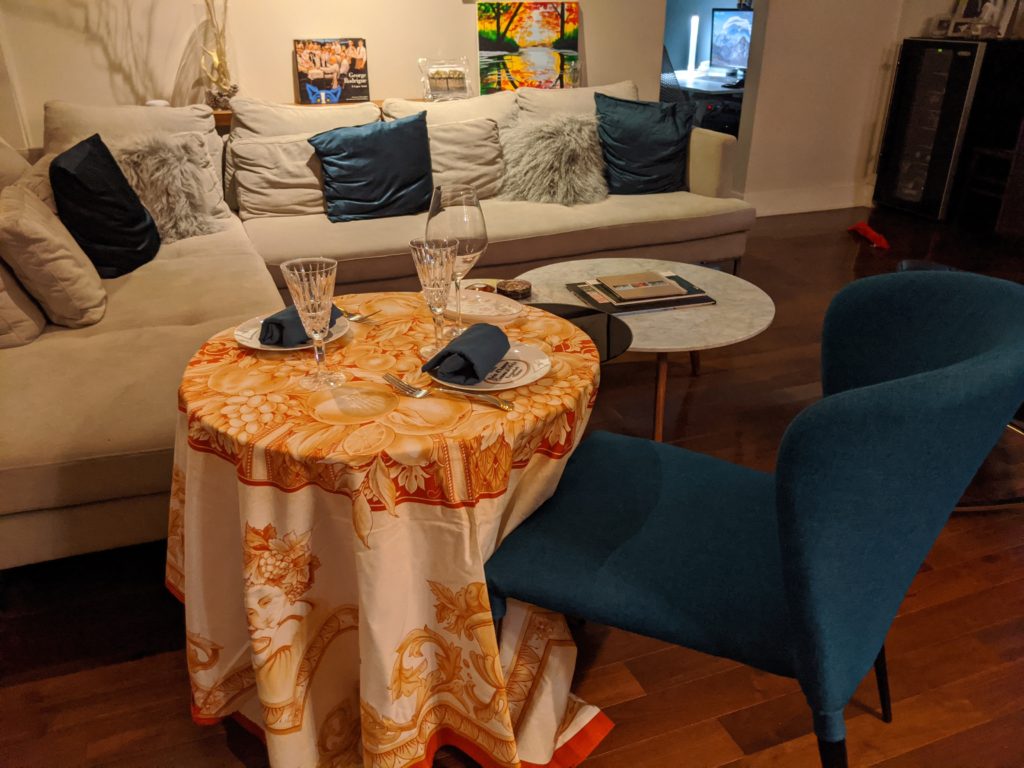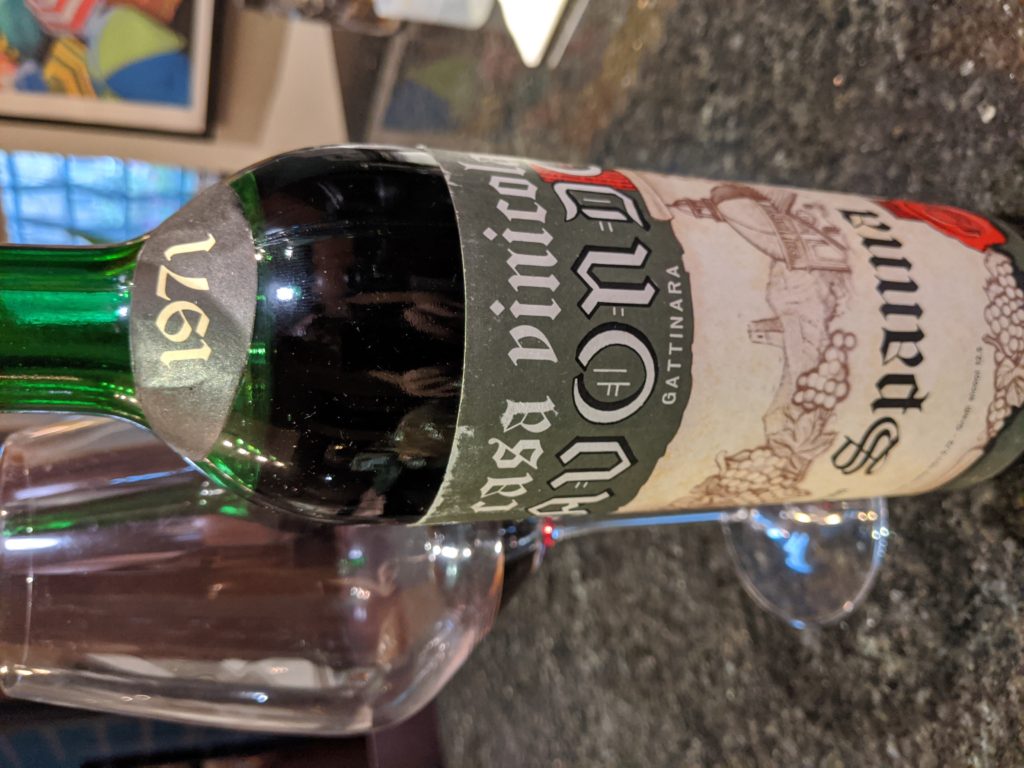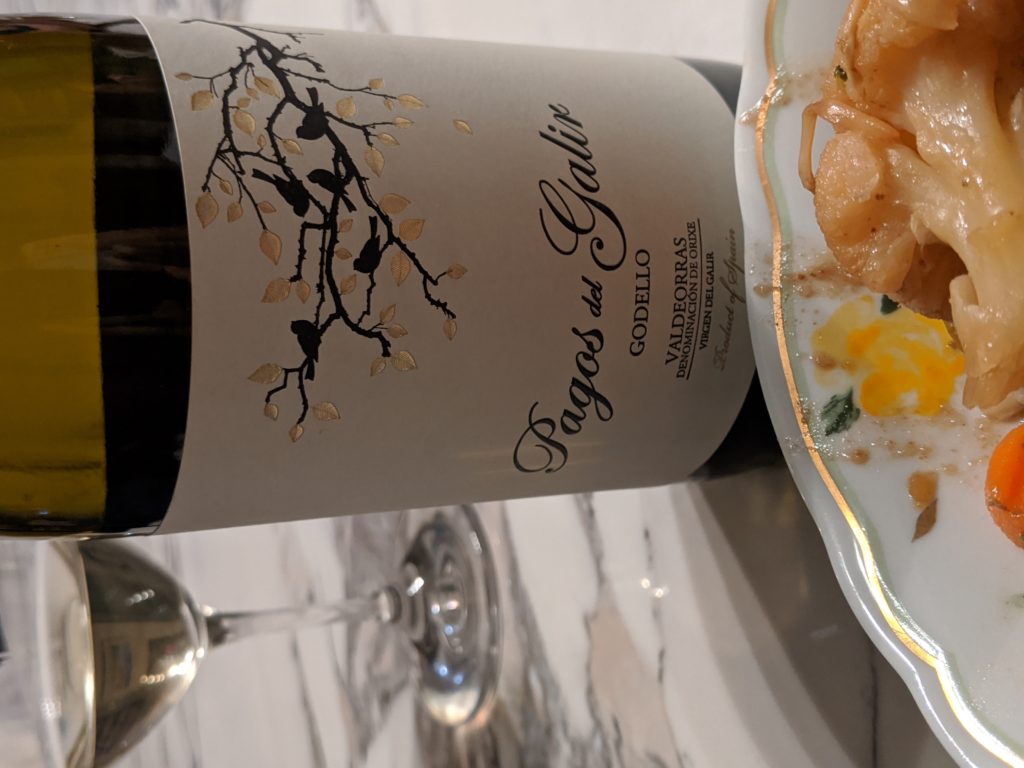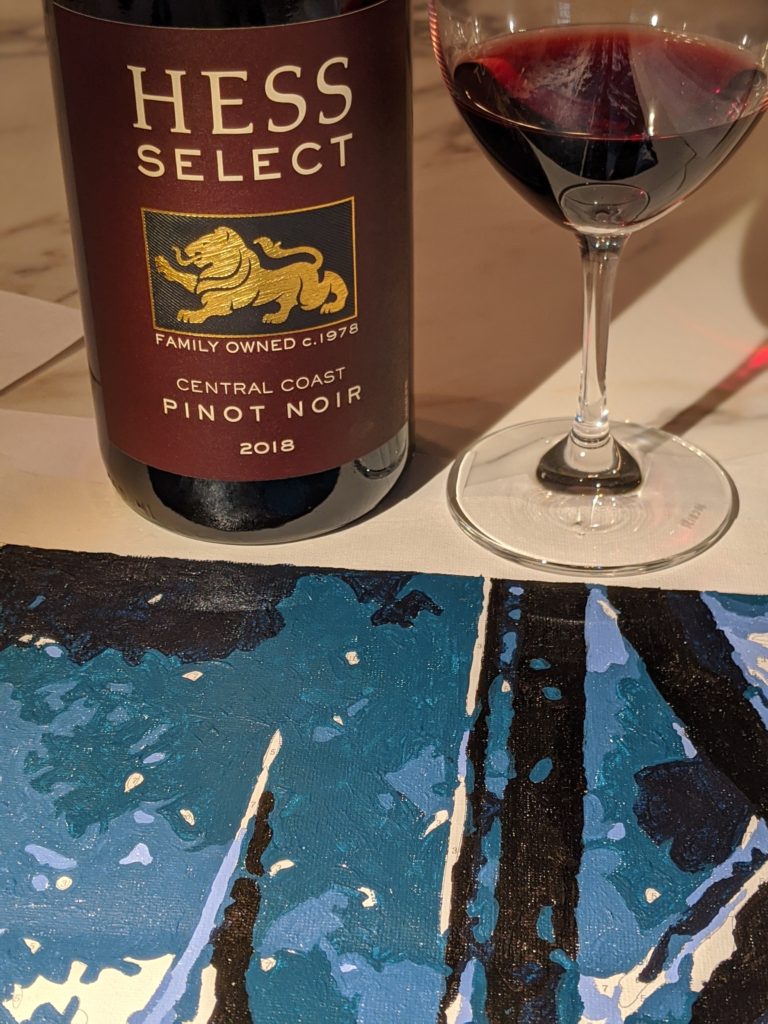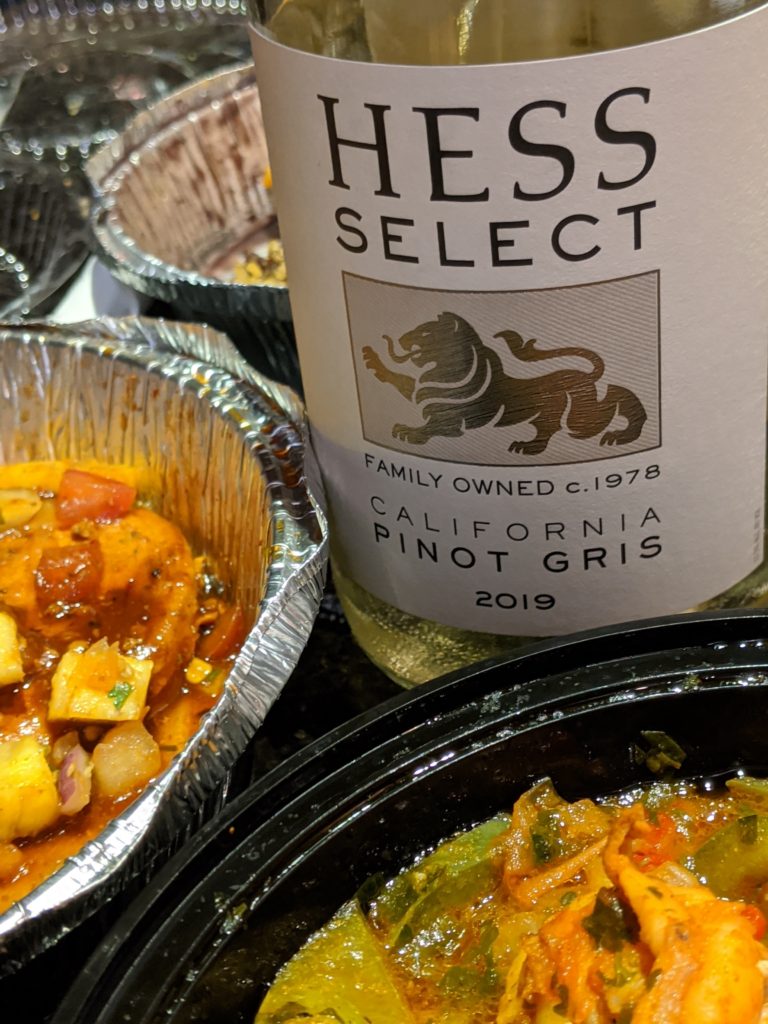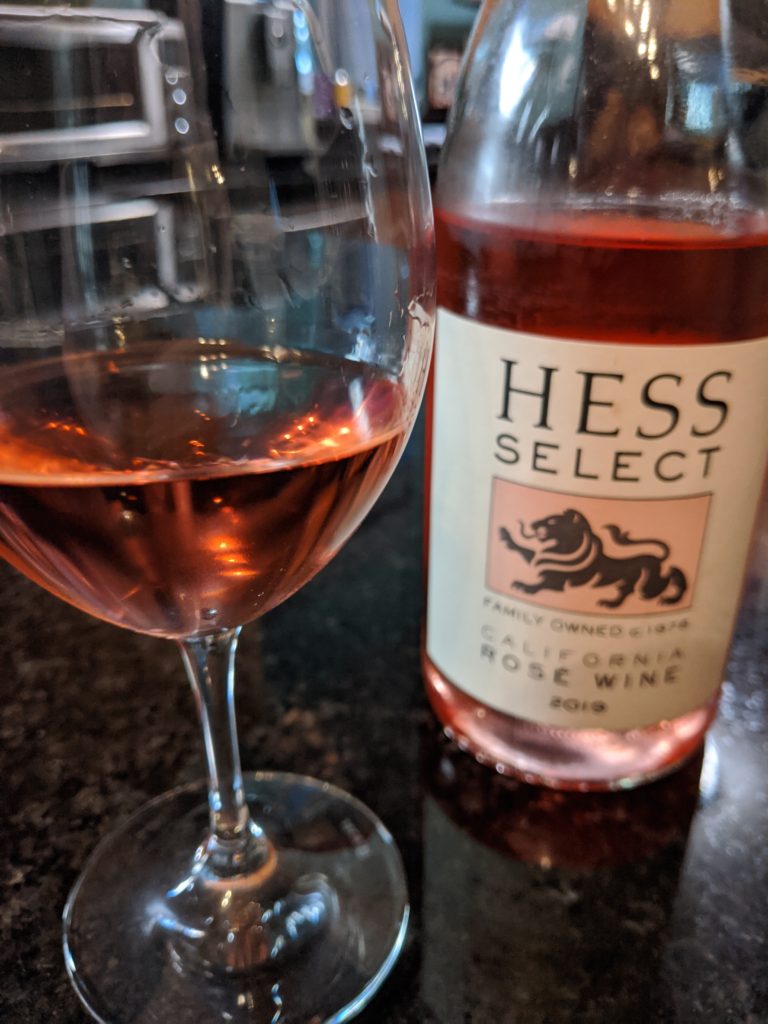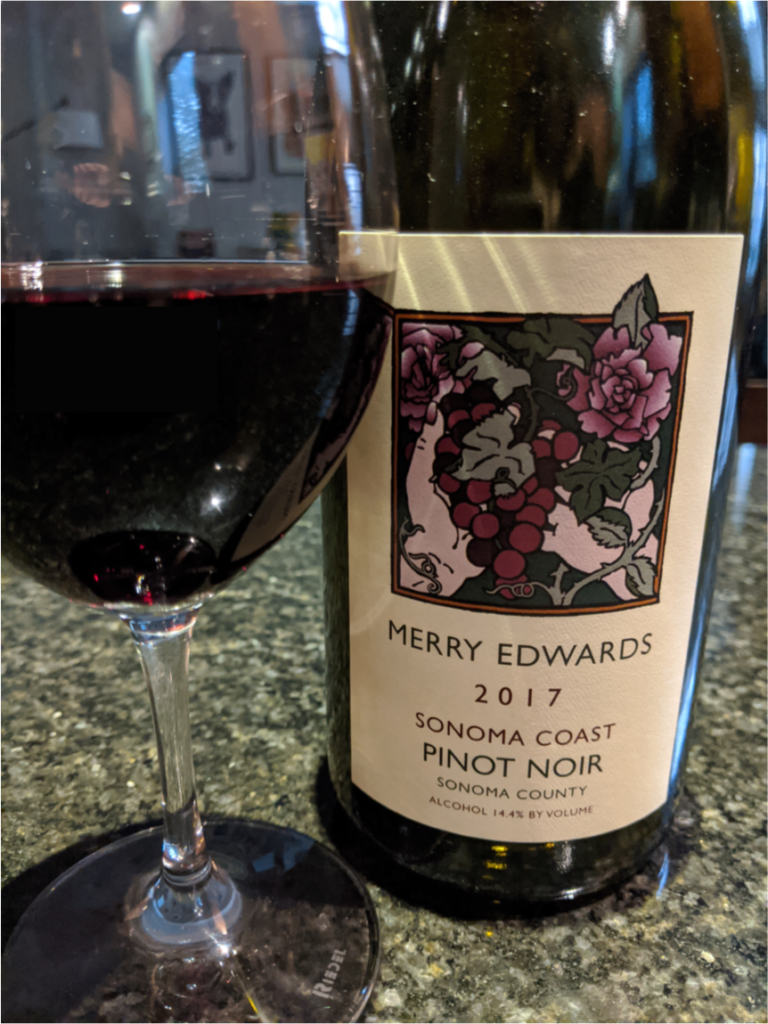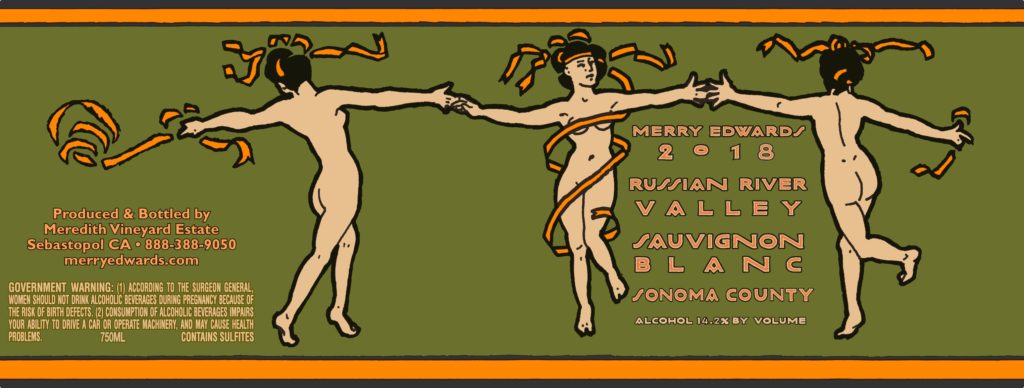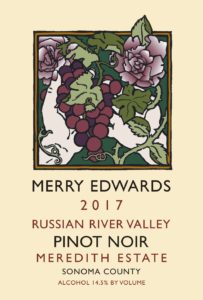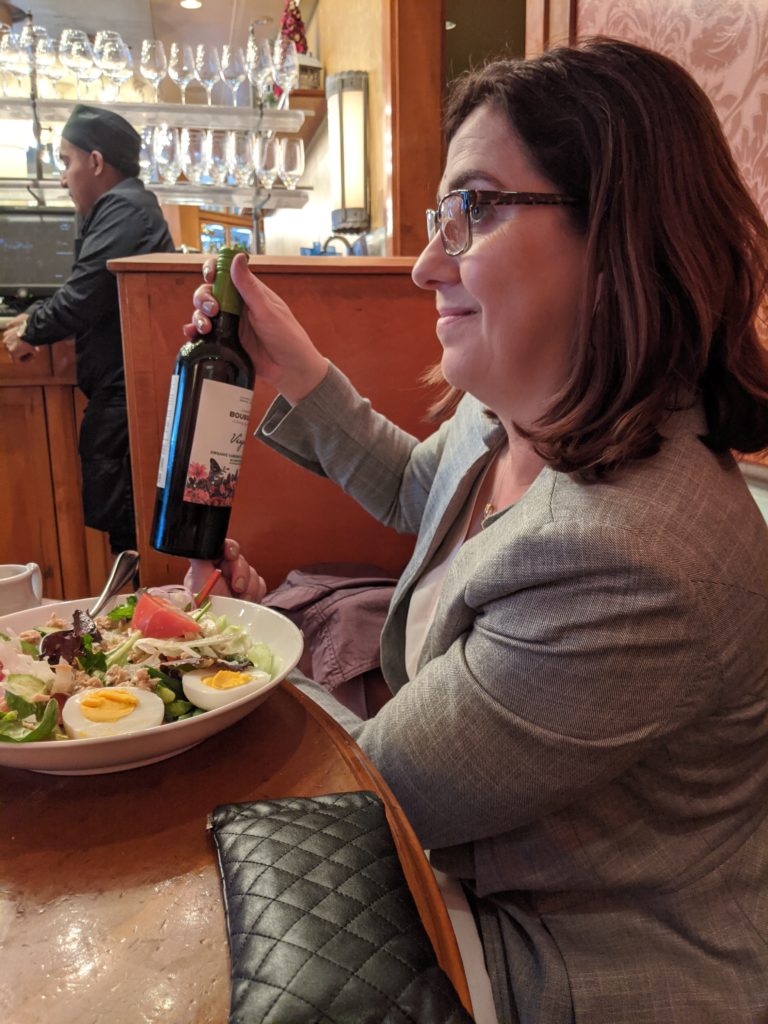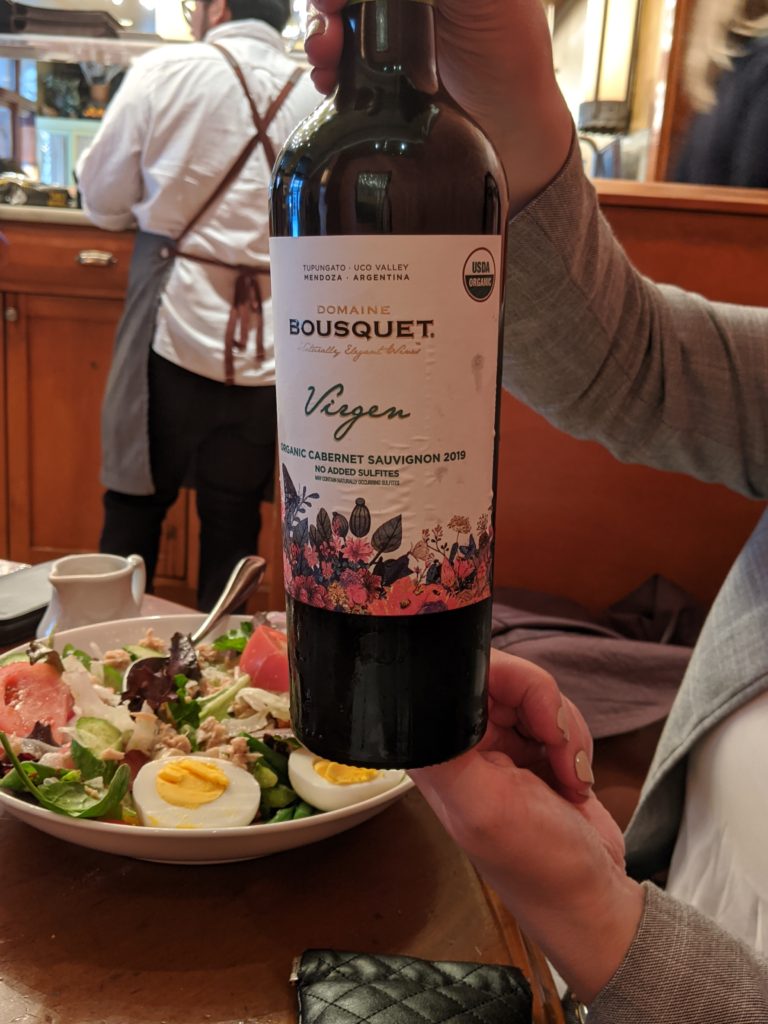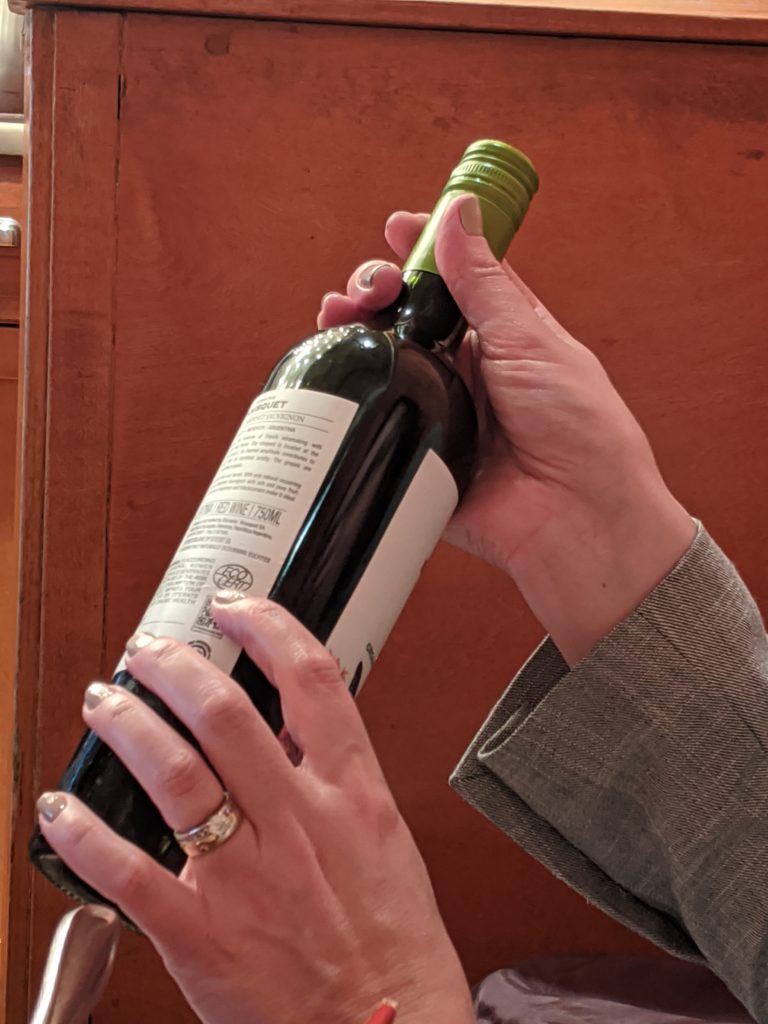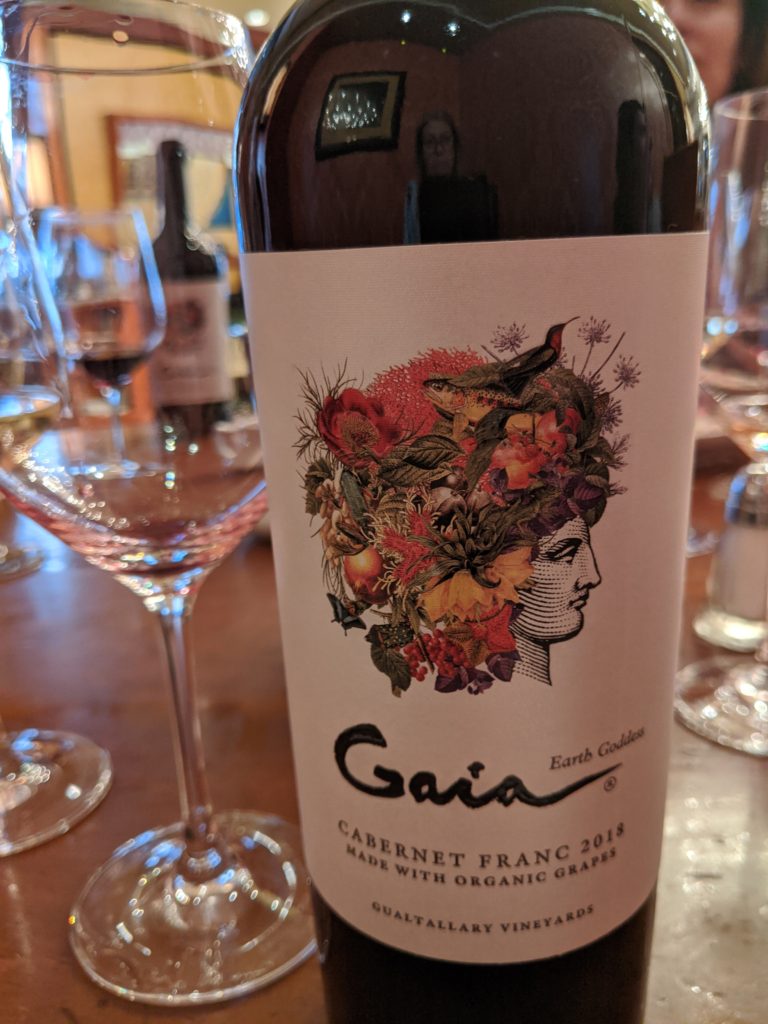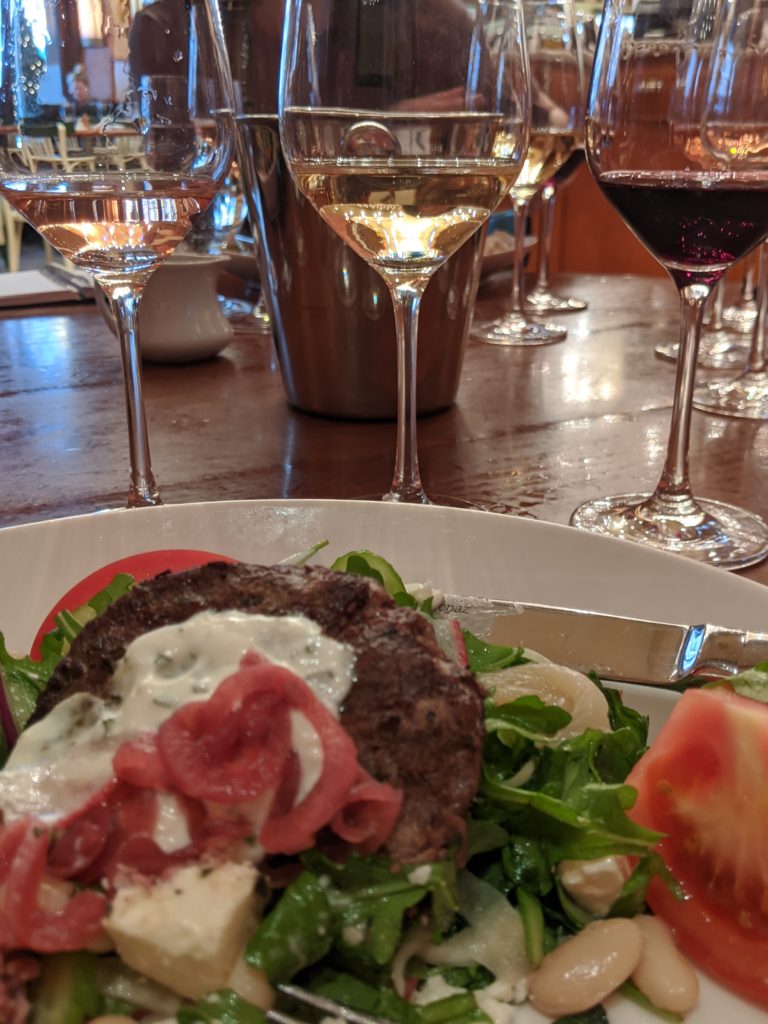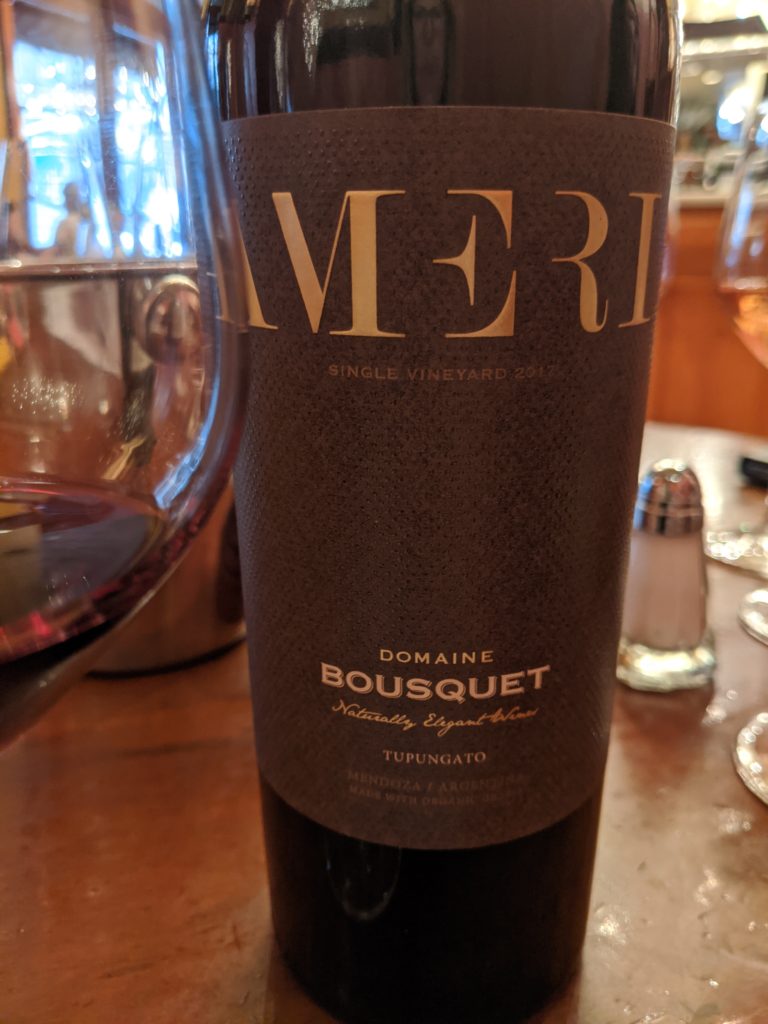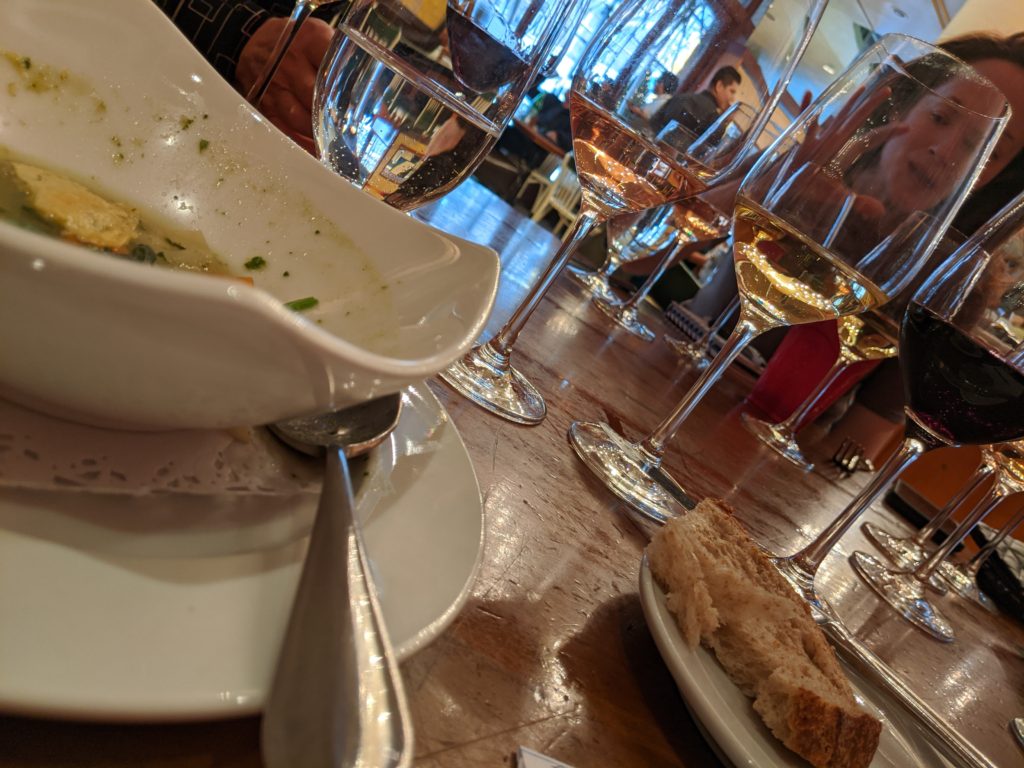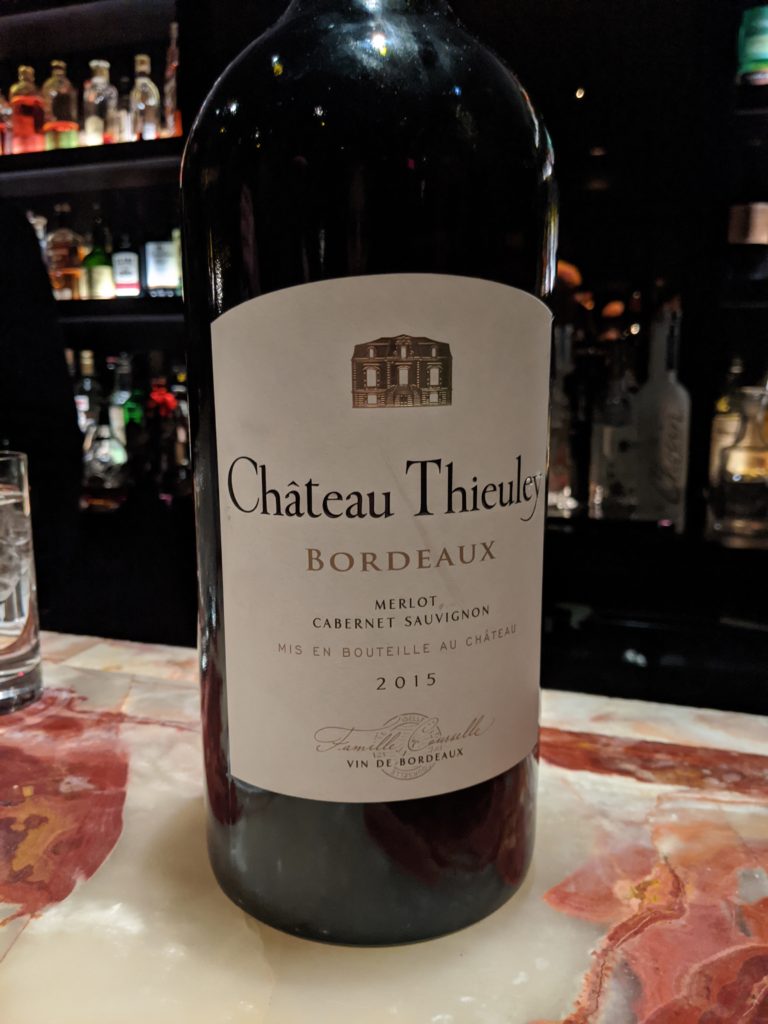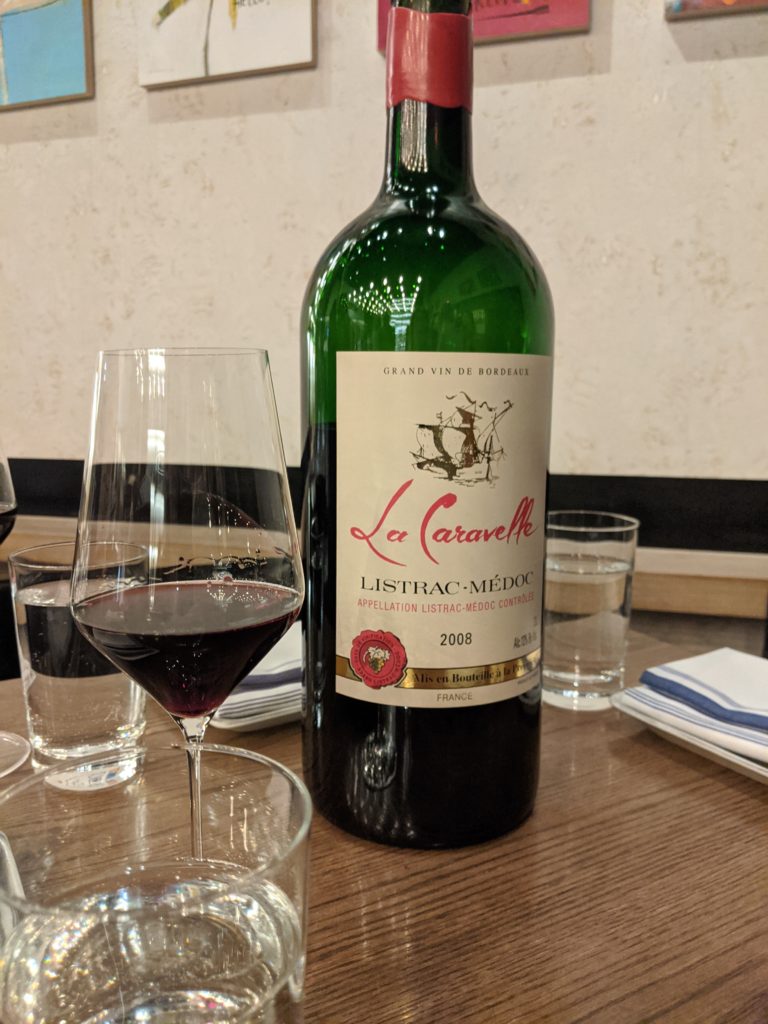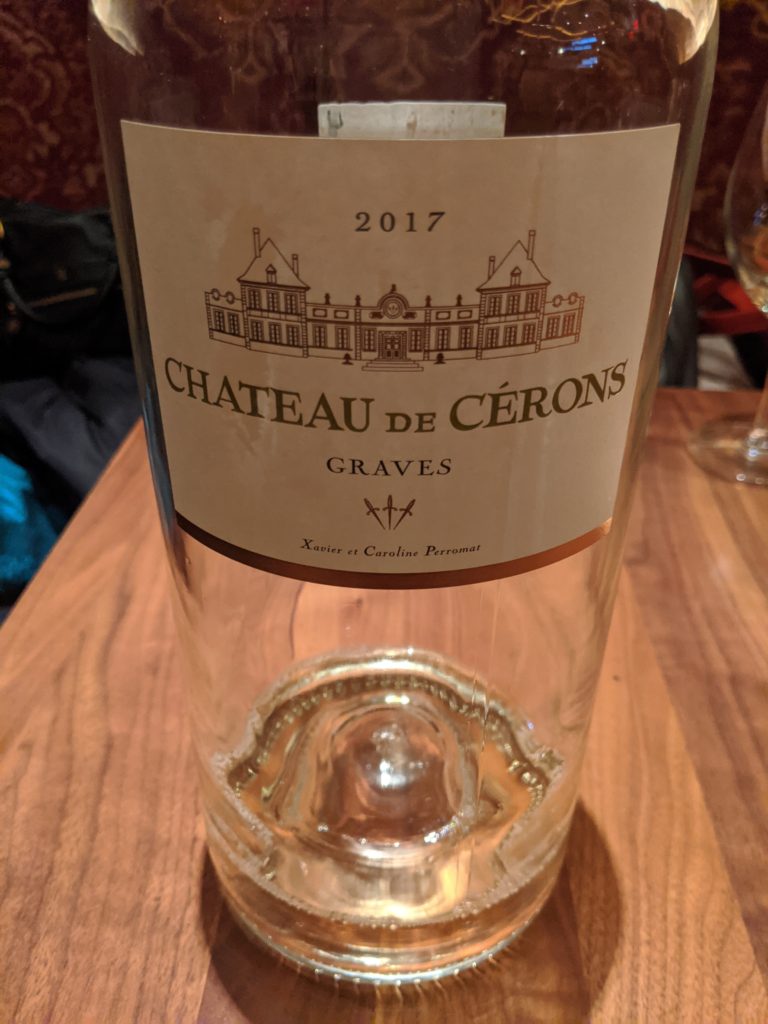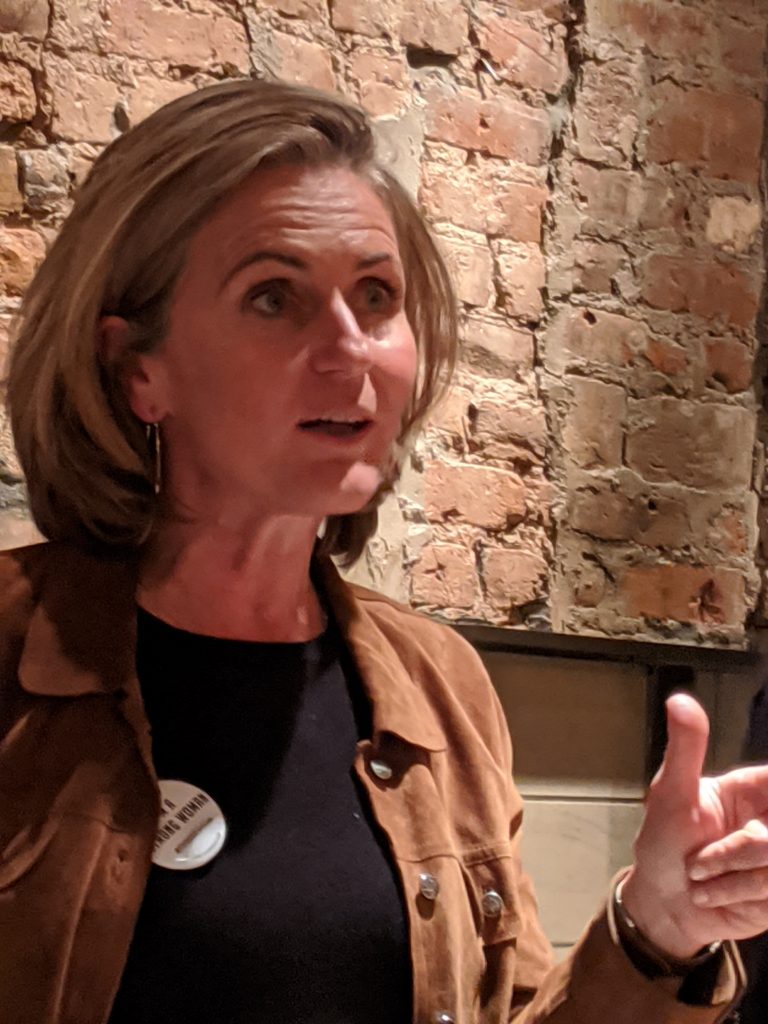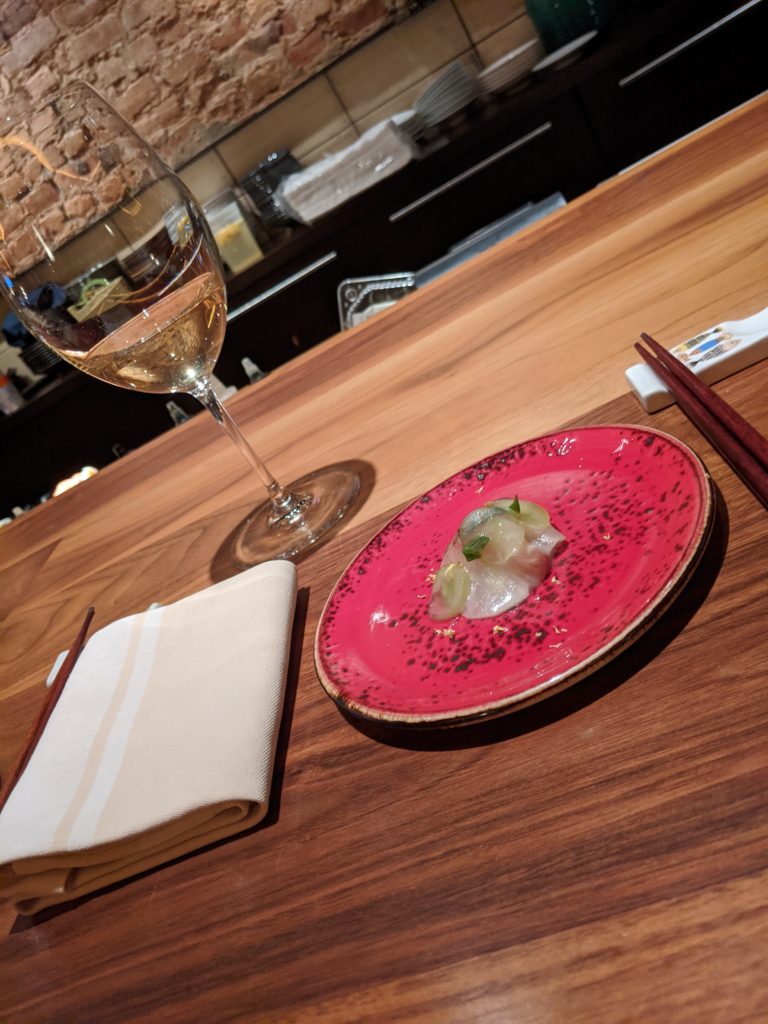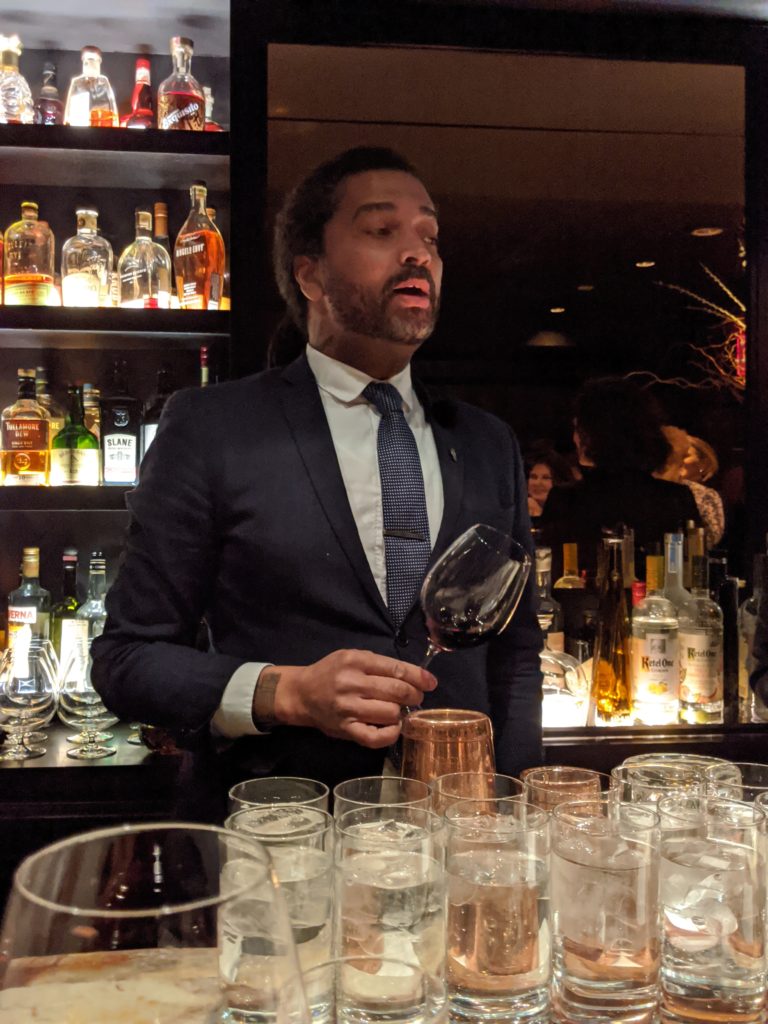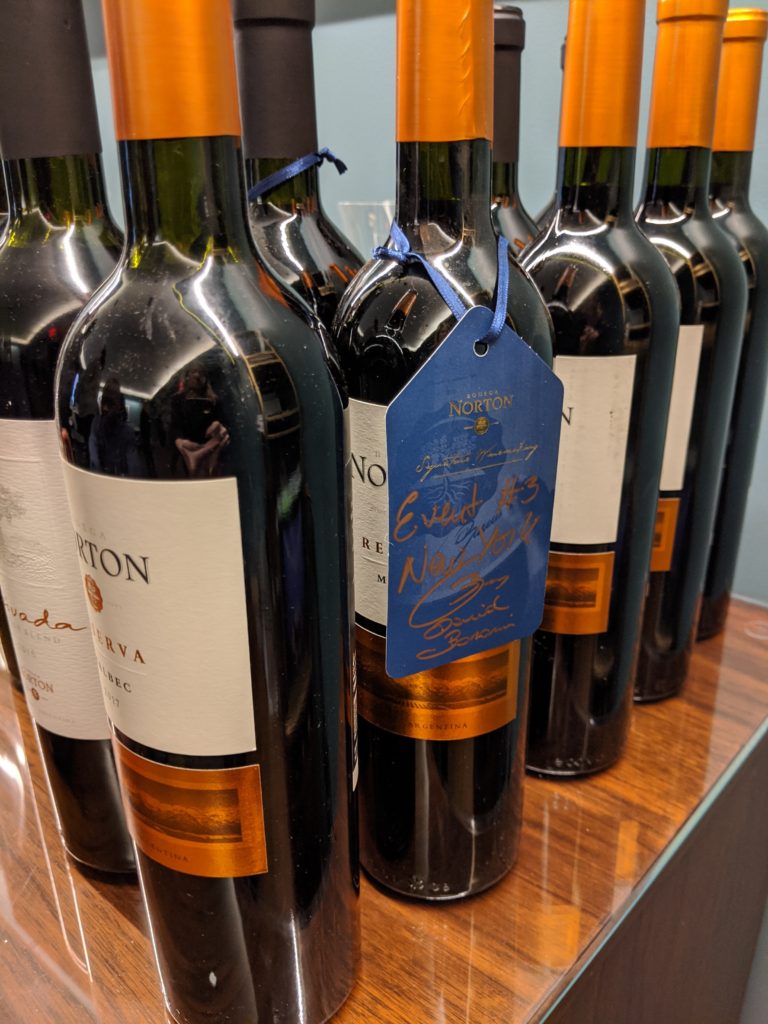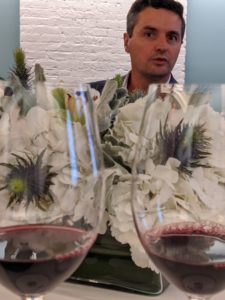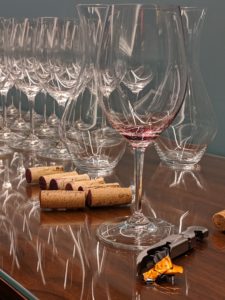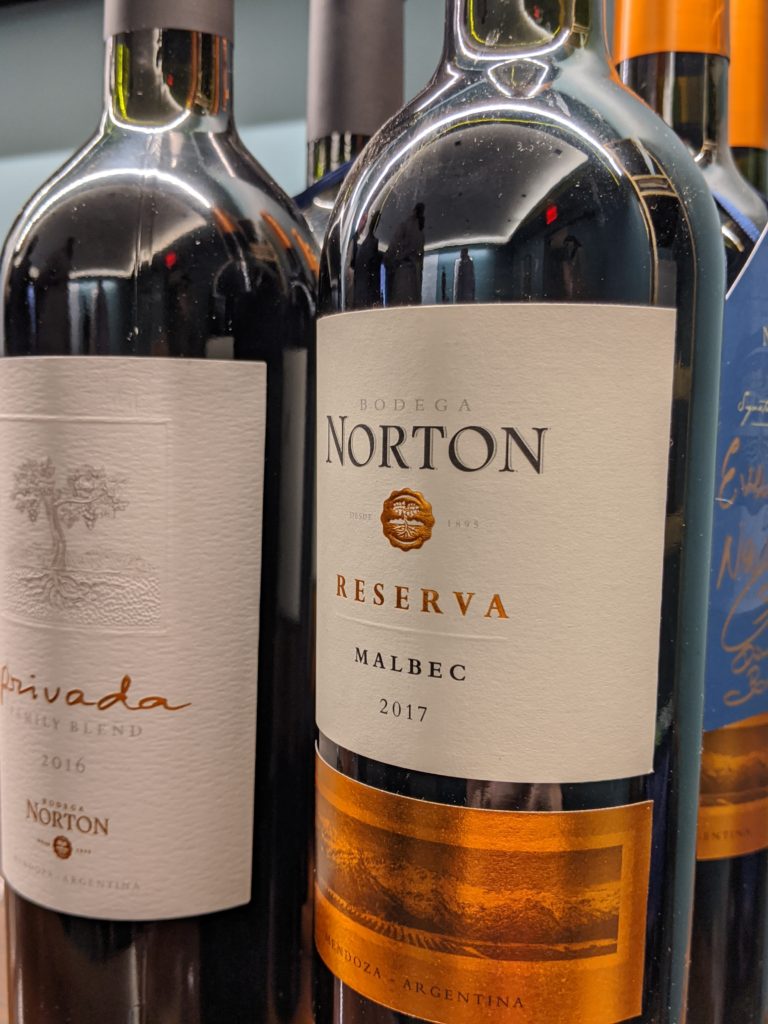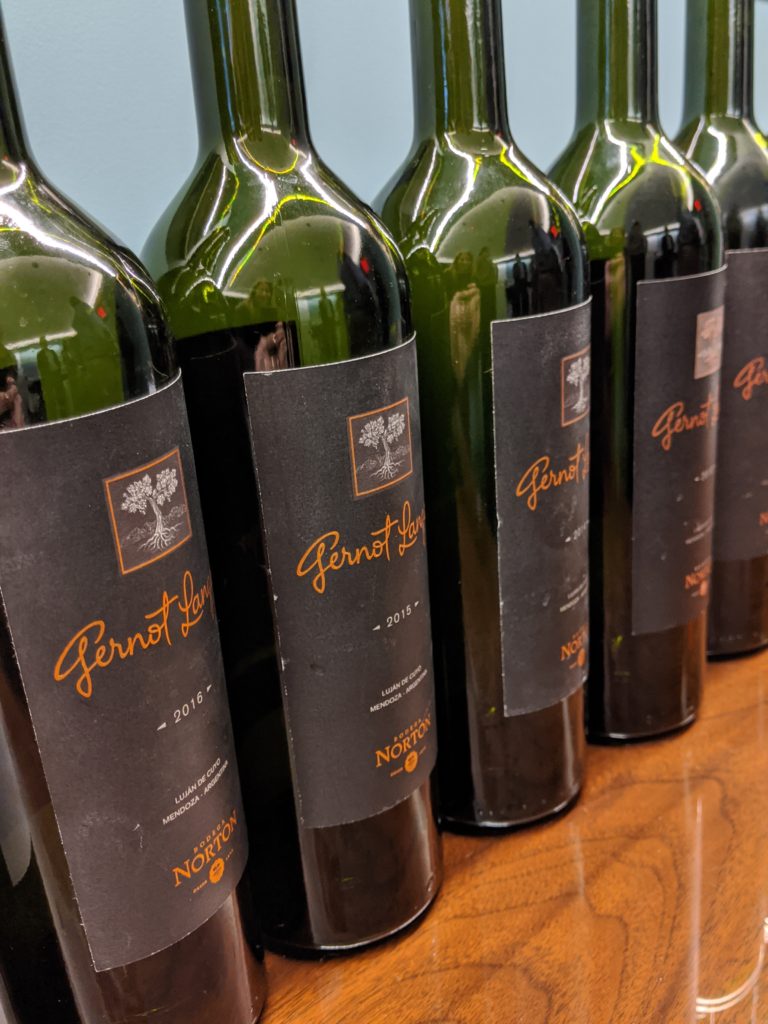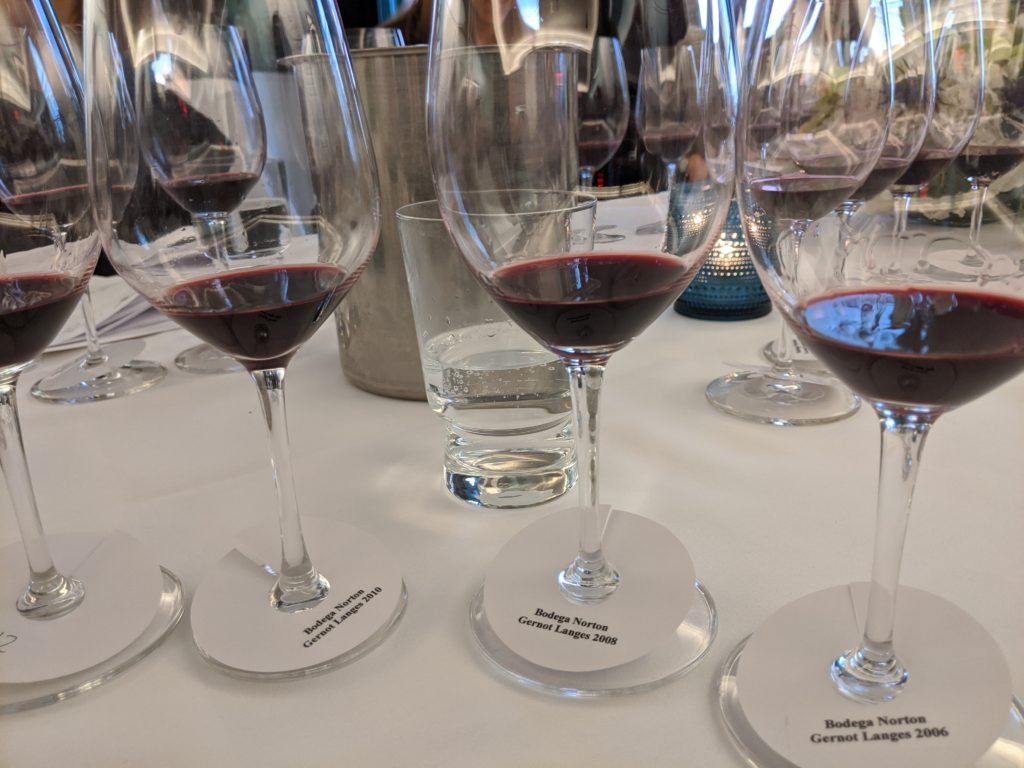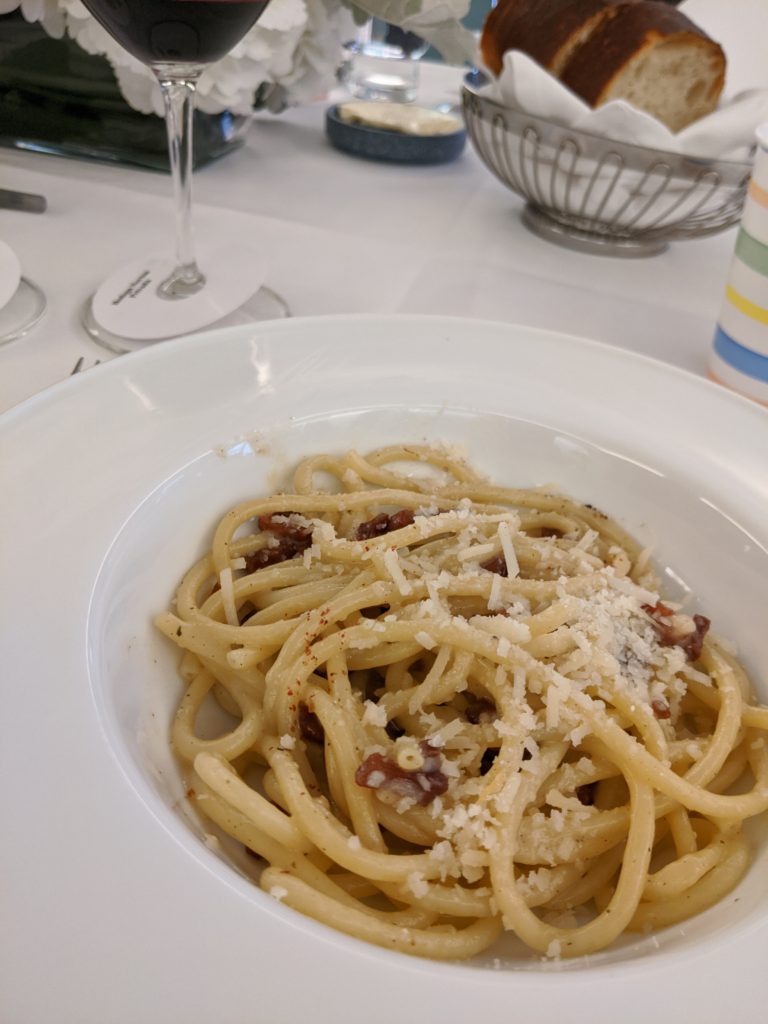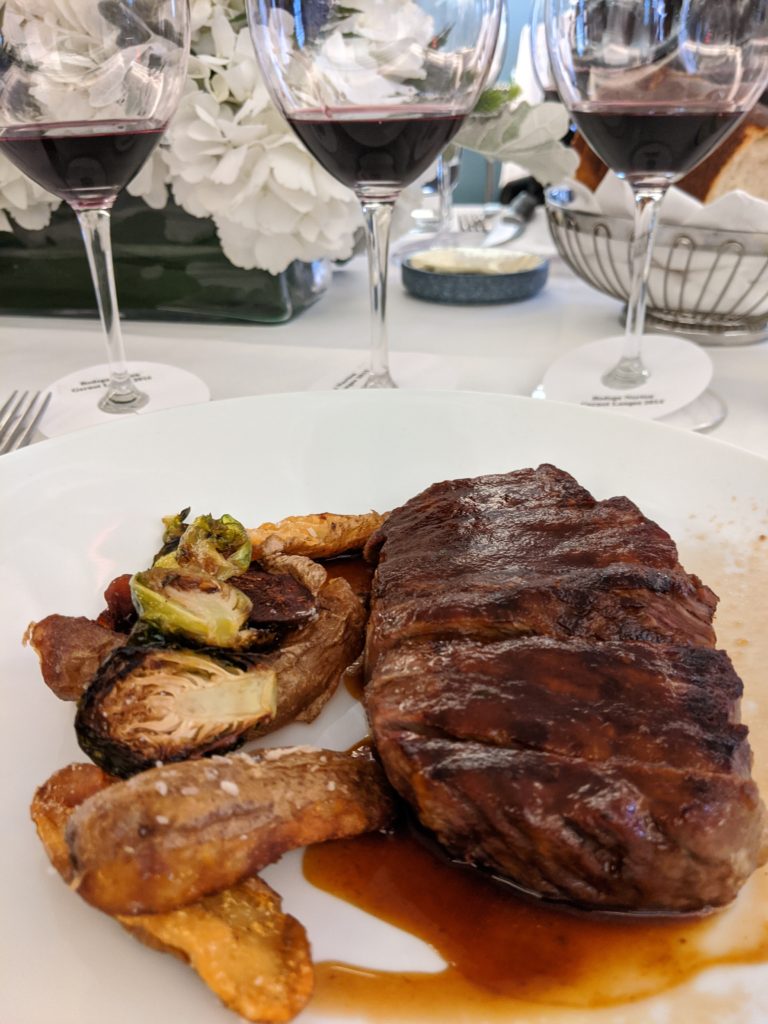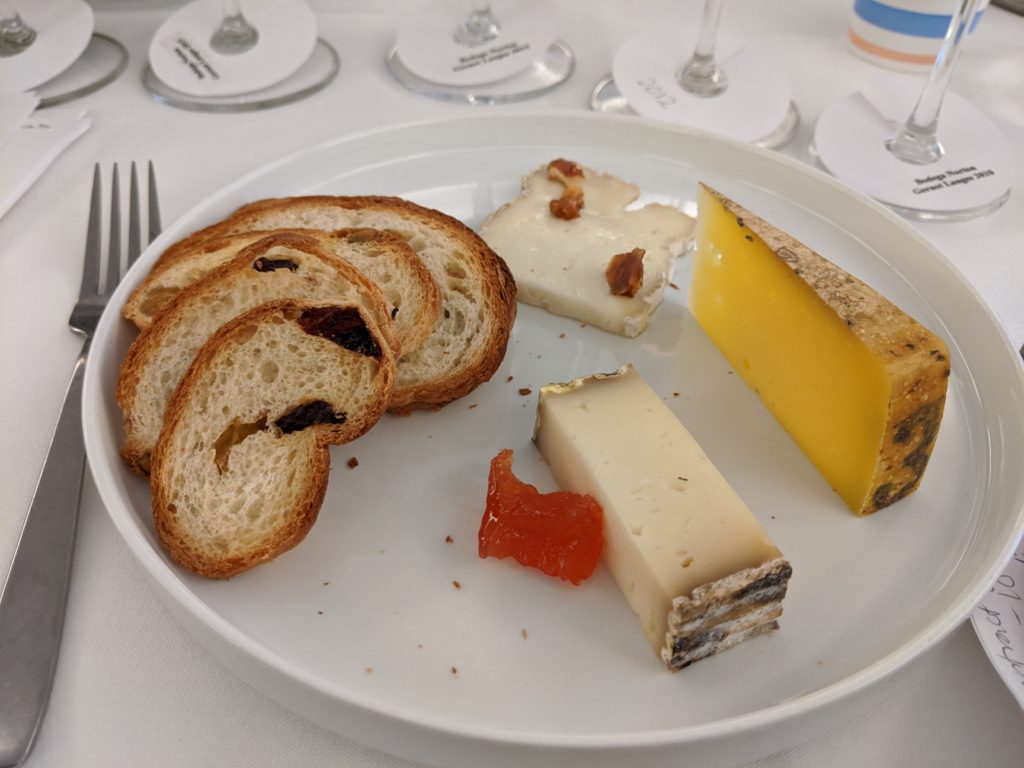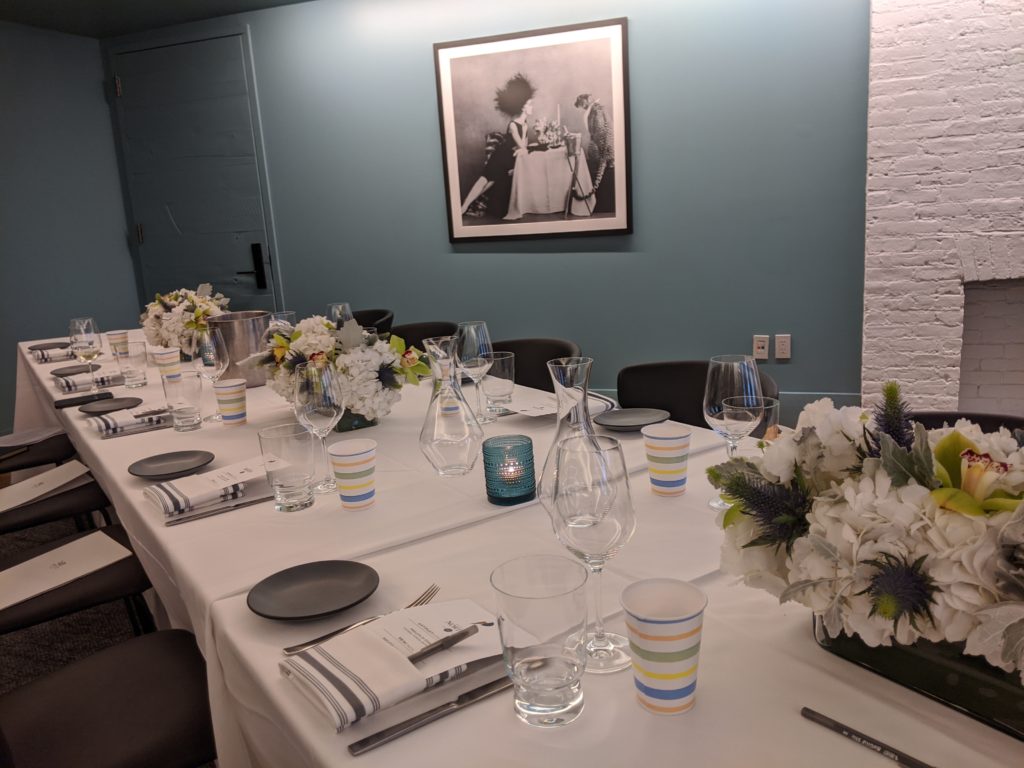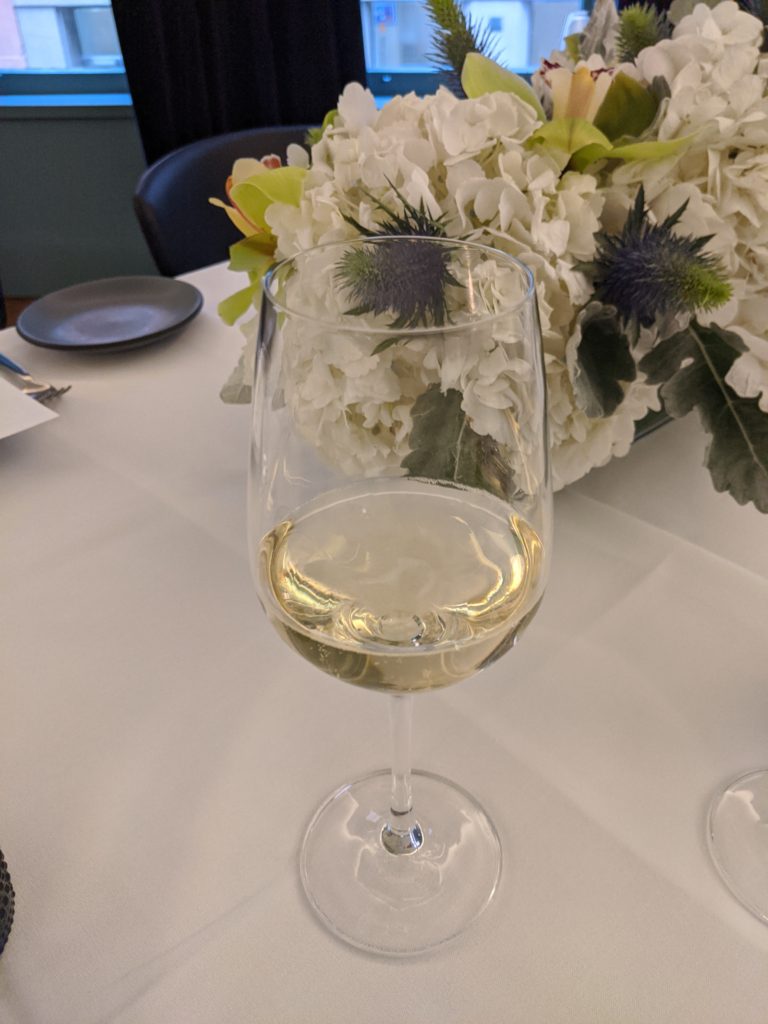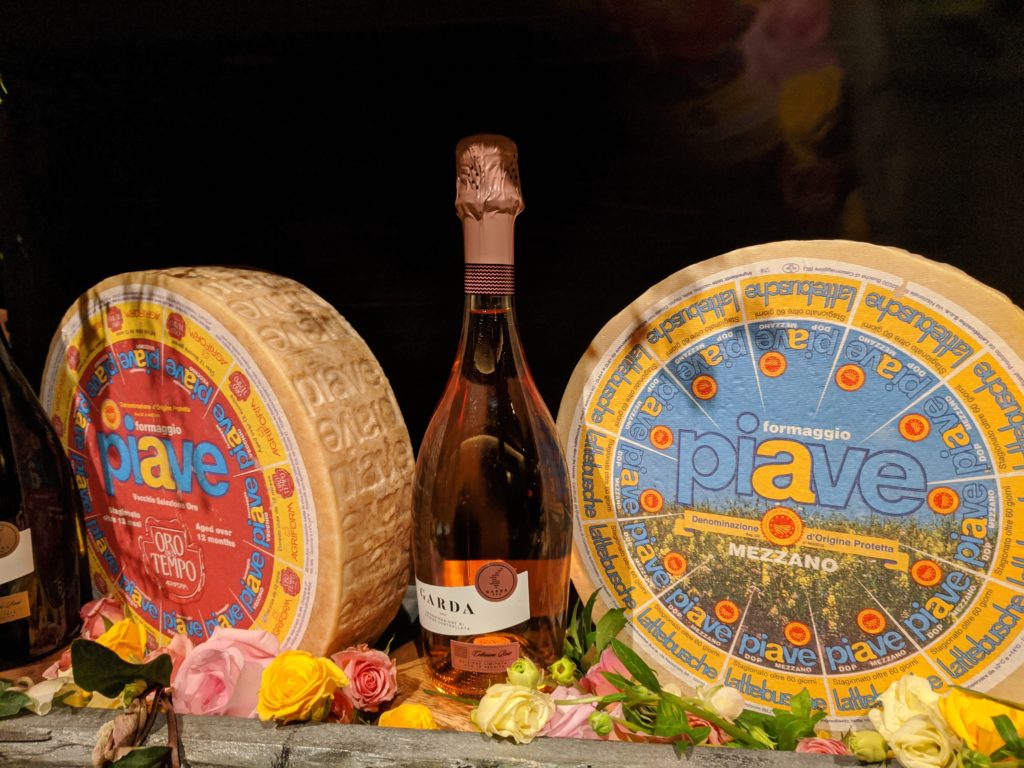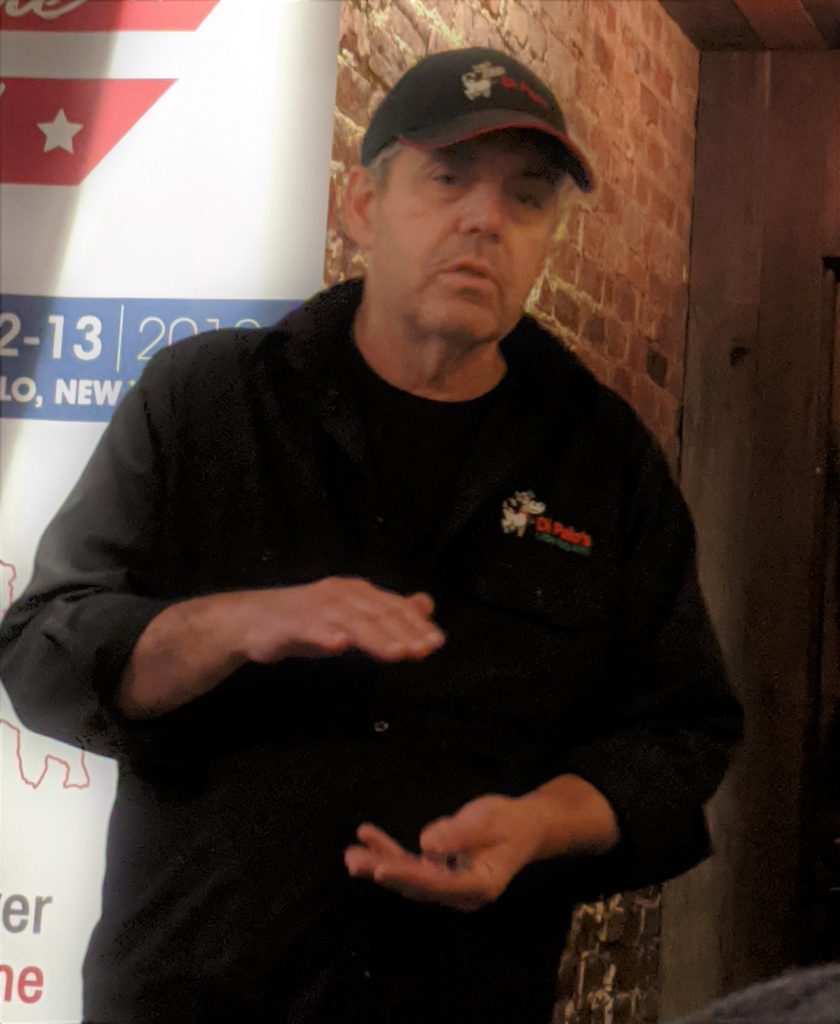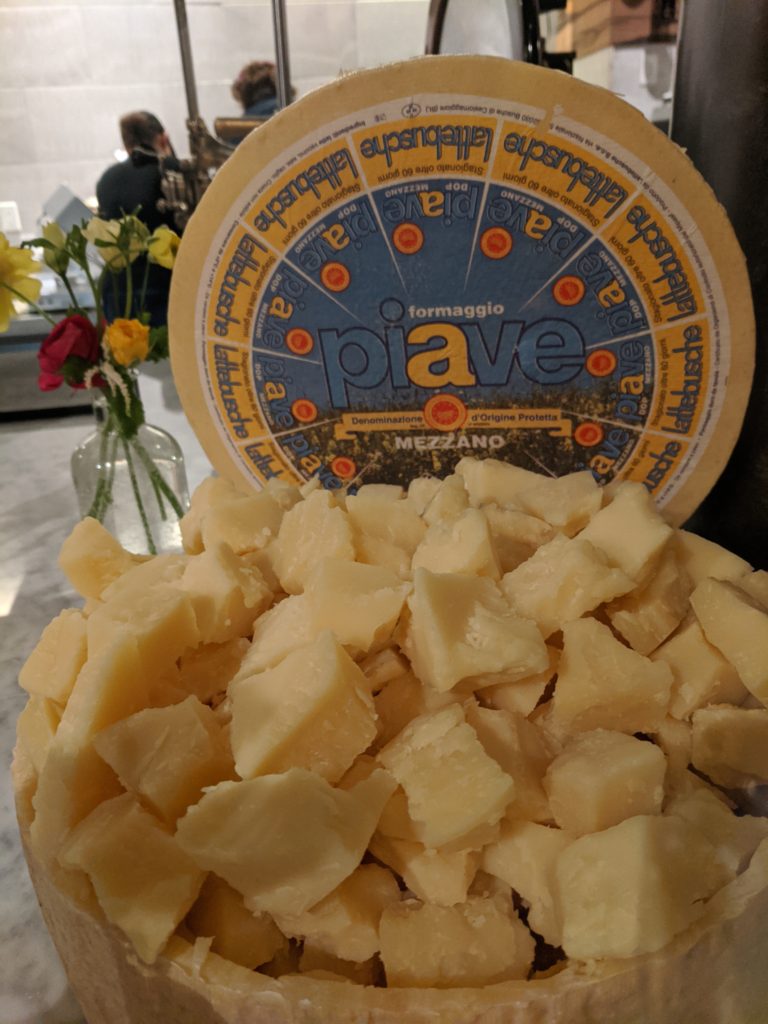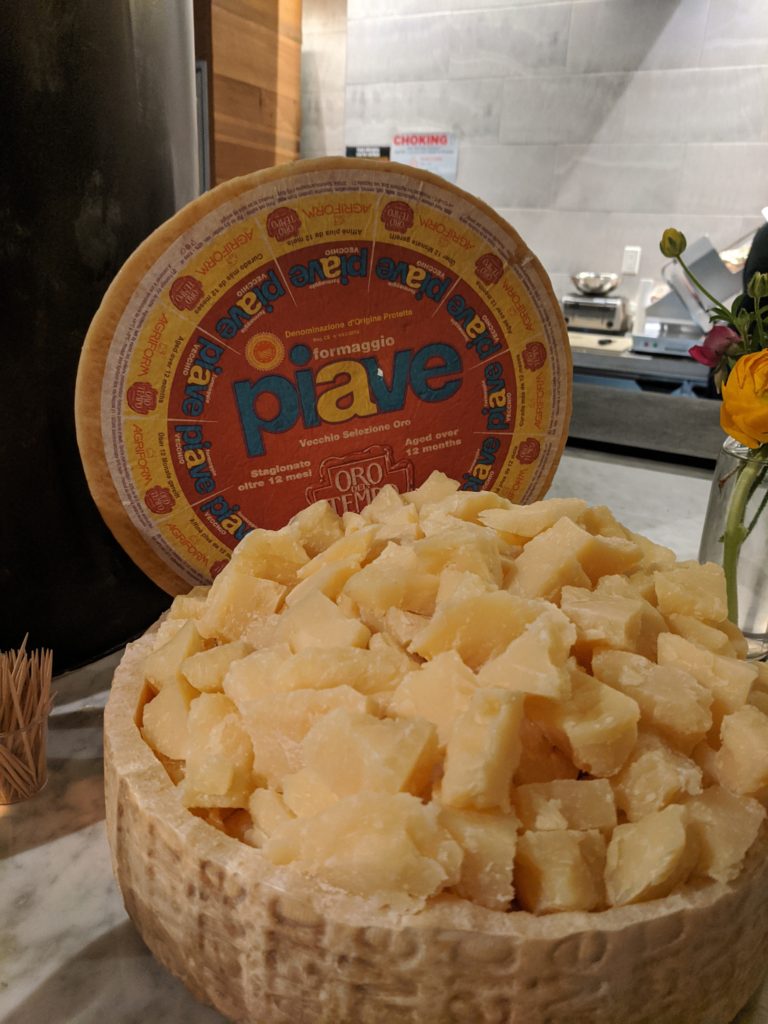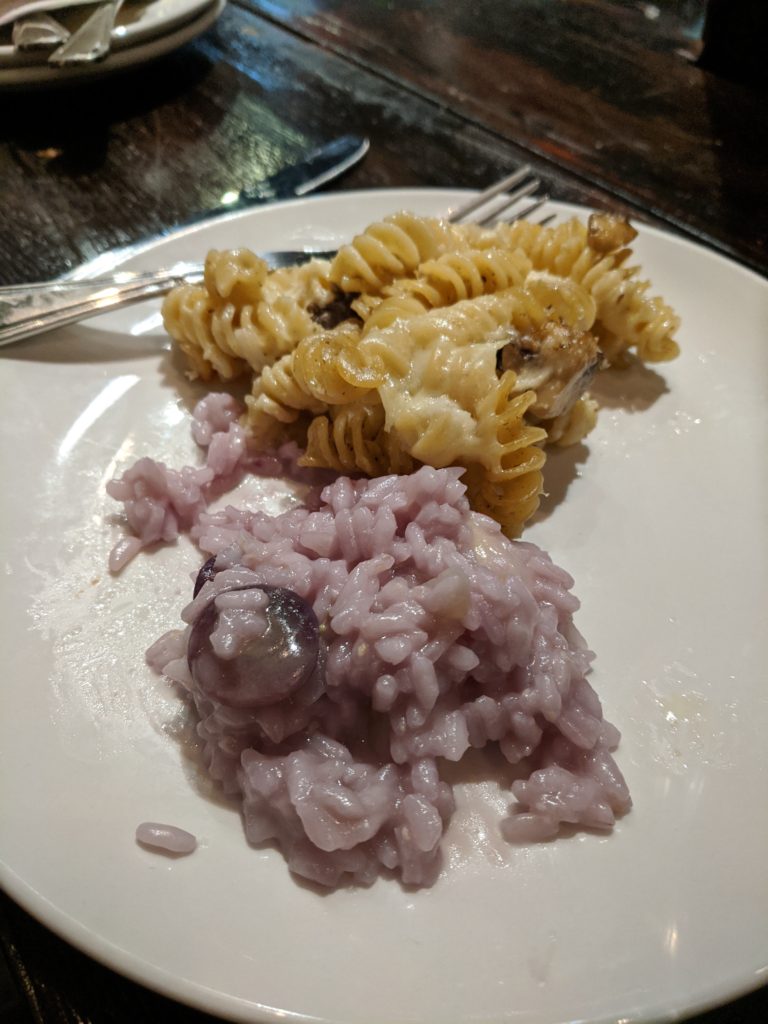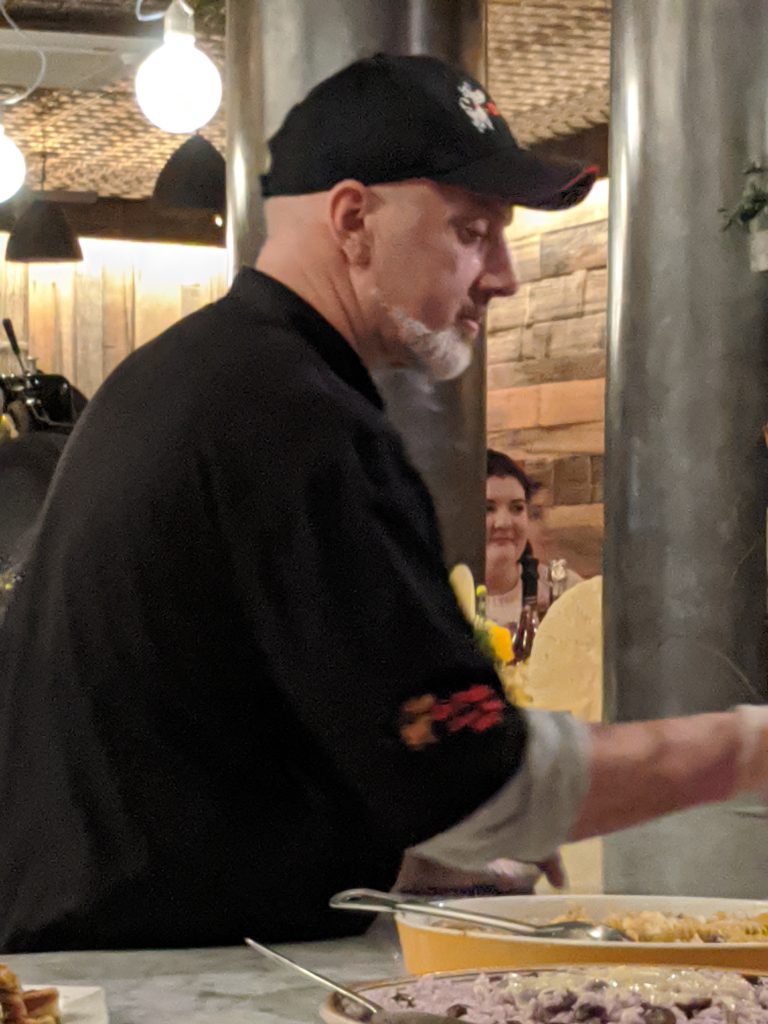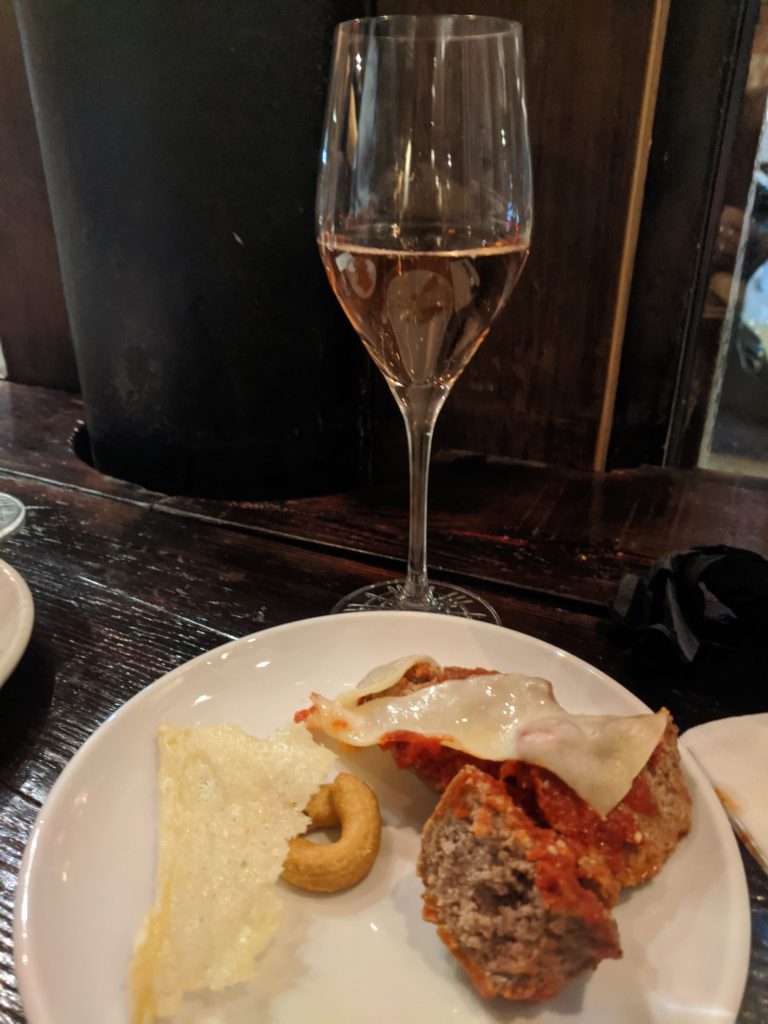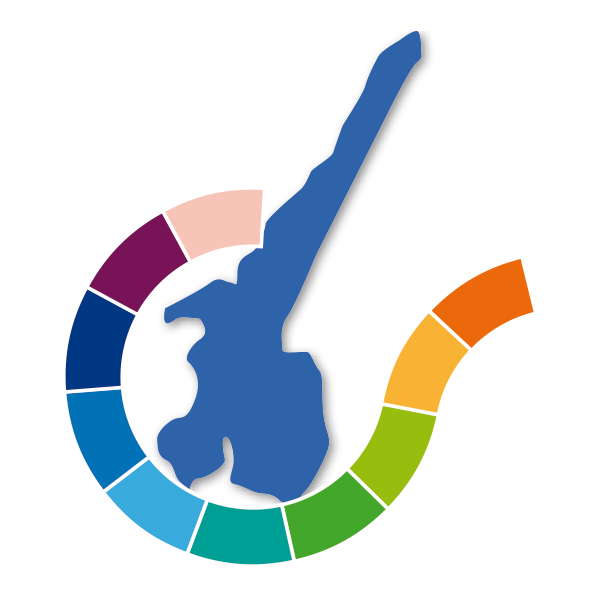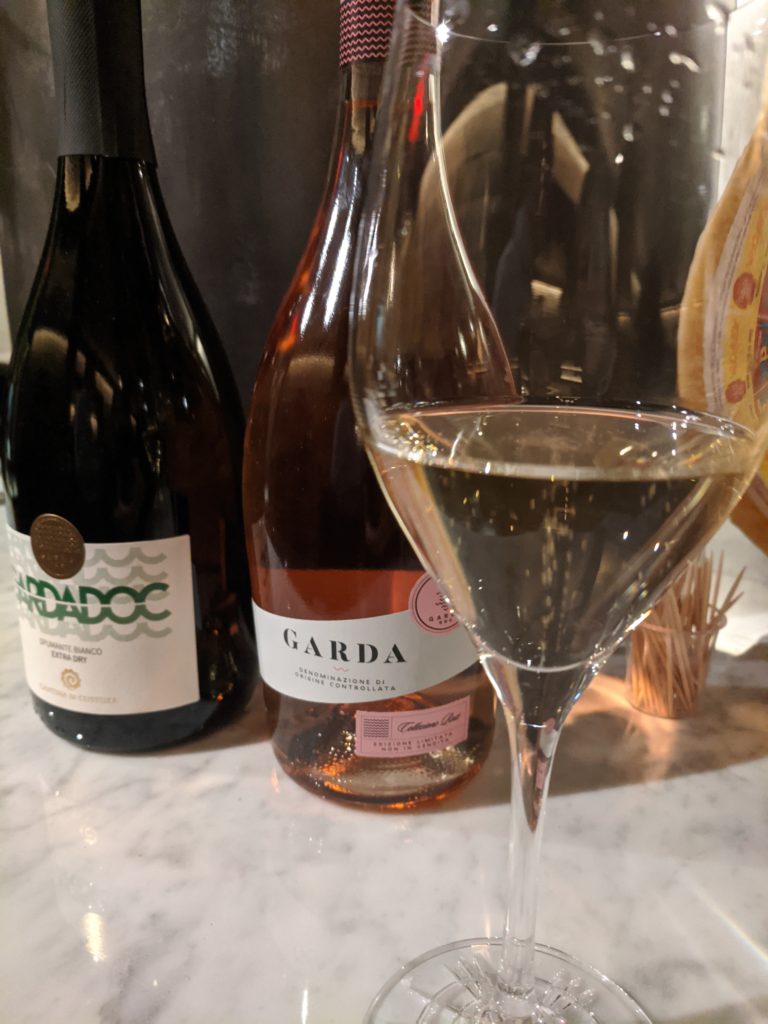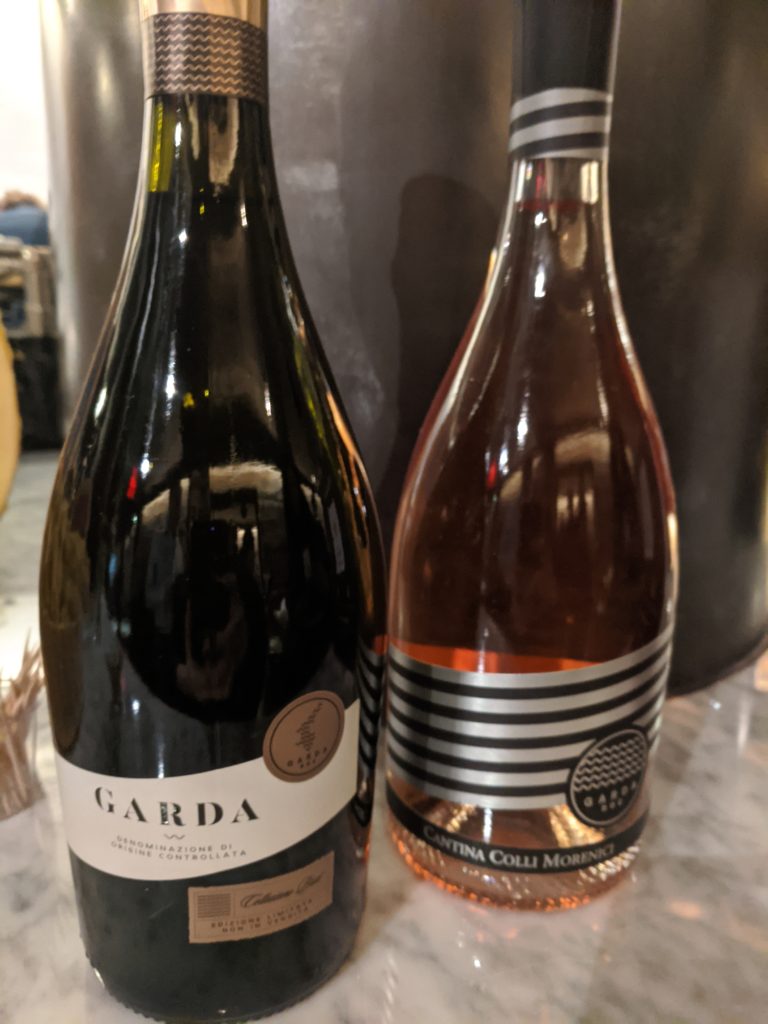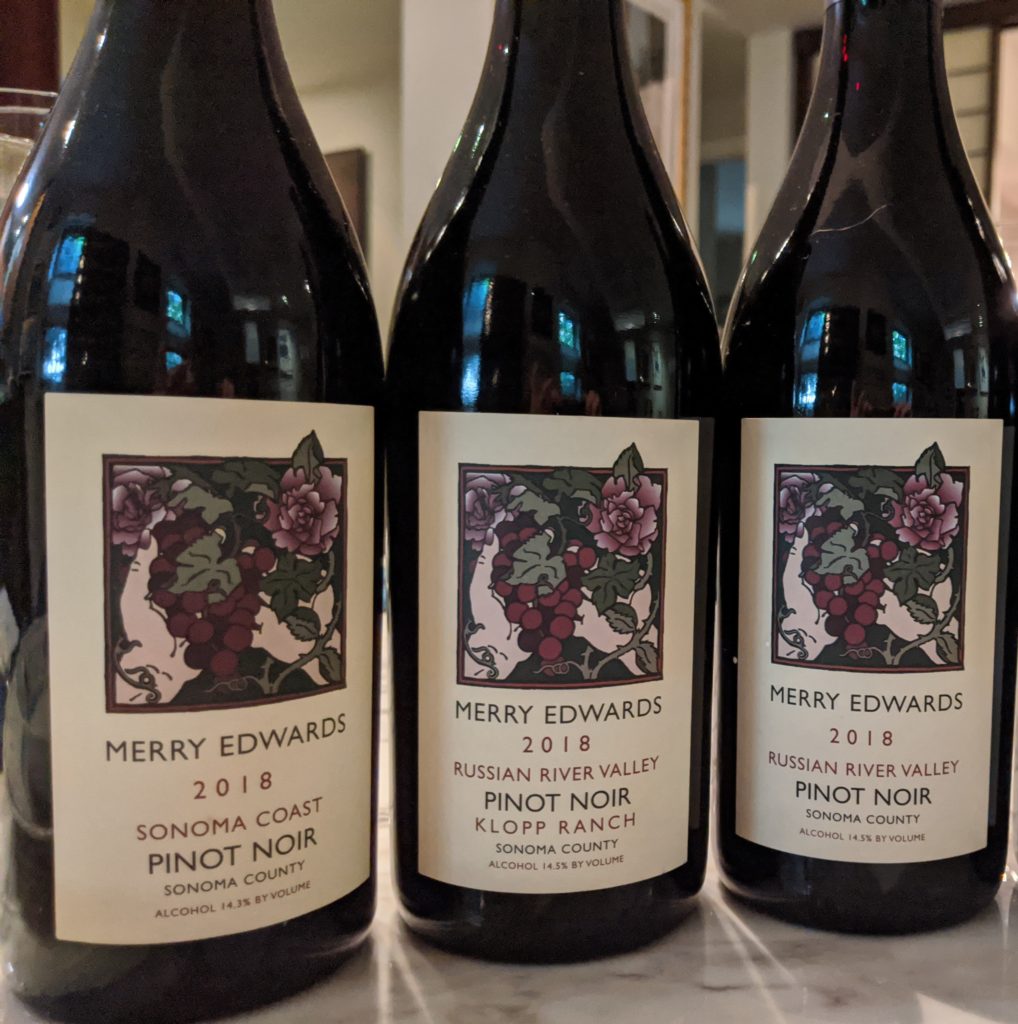
I first tasted Merry Edwards’ wines at the start of the lockdown. Who knew at the time that we’d be relegated to our homes for such a lengthy period of time? These past several months found me poured over an impossi-puzzle (devoting 2+ months to completing a 2,000-piece jigsaw of Van Gogh’s A Starry Night), finishing a paint-by-numbers and reading the 1,000 page Infinite Jest. Plus, engaging in the usual complement of Zoom happy hours, Zoom events, etc.
But, as states open up in varying degrees, there is a new lightness to the air, brought about by longer days of sunshine and the promise of freedom after feeling cooped up for so long. Moreover, with Summer’s arrival and tentative steps toward a return to business as usual (or a close approximation thereof), we are all anxious for live interaction.
A recent weekend provided just that as we hosted our first impromptu mini-dinner party on a Saturday night. We seated everyone one a different side of the table, with less direct face-to-face contact, but other than that, it was just like any other dinner party. Clearly all starved for human contact, our two friends arrived at 6pm and stayed until midnight, as we enjoyed the pleasure of each other’s company for many hours.

I had again been graciously sent several samples from Merry Edwards and since three of the wines were Pinot Noirs, thought it would be fun and informative to open them all up and taste them side by side with our friends. When I offered up the suggestion, no one complained. Once committed to that plan, I knew that we had purchased the Family Pack size of salmon, which incidentally pairs beautifully with Pinot Noir, so we were all set with our menu as well.
We were overdue for cleaning the apartment, so we scoured with gusto to get ready for our guests, and finished up the aforementioned puzzle just in time at 9:30am that morning, which had been taking up extensive real estate on our dining table.

Once our guests arrived, we took our seats and turned our attention to the assembled wines, tasting them one at a time to fully appreciate the aromas and flavors of each one. Like many producers, Merry Edwards makes quite a variety of Pinot Noirs. While all our the product of Pinot Noir grapes, these wines differ in their origin in that they are produced from different appellations and/or specific vineyards.
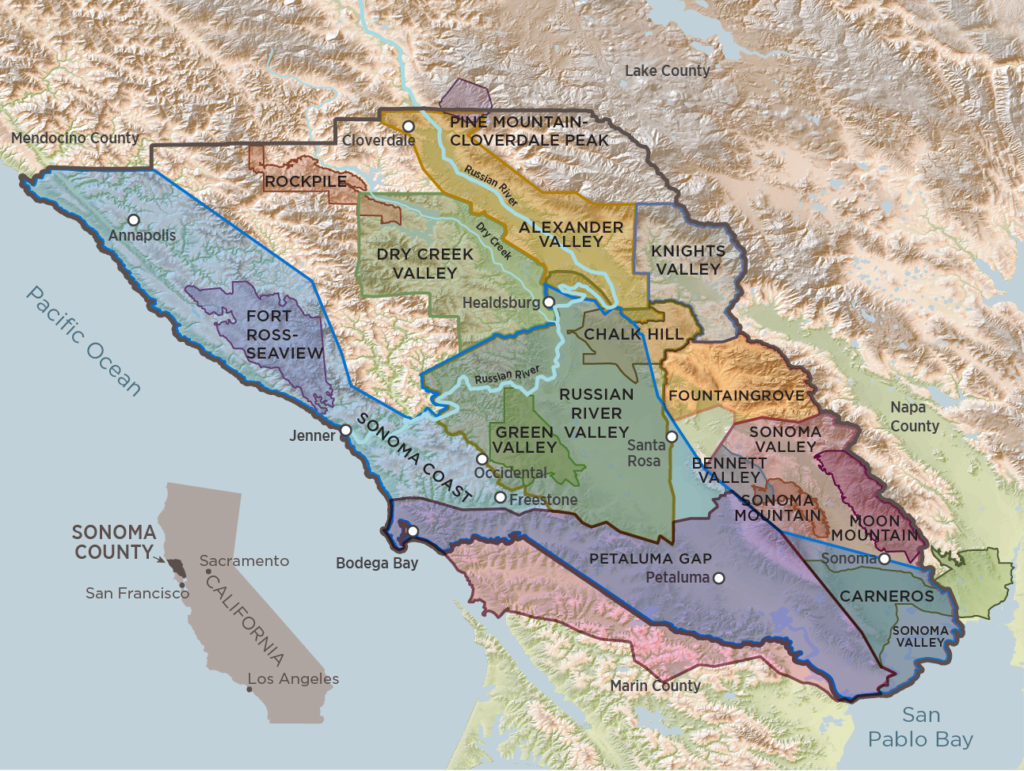
To the uninitiated, it may seem like overkill or just unnecessary to have such an abundance of Pinots, but each wine has its own unique profile and characteristics despite being produced from the grape variety, having been influenced by the specific growing conditions. Accordingly, it is wonderful to be able to compare and contrast these wines to more easily identify their individual appeal.
Pinot Noir 2018, Sonoma Coast (Pinot Noir 2018 (CA), USA, $48.00
5670 cases produced
The first Pinot we tasted hailed from the Sonoma Coast American Viticultural Area (AVA). This swath of land runs from San Pablo Bay to Mendocino County, primarily running along the coastline. Given its close proximity to the Pacific Ocean, the area receives a higher amount of rain than other parts of Sonoma County. However, with most vineyards situated above the fog line, the grapes are able to fully ripen despite the cool climate.
TASTING NOTE: This wine was decidedly focused on fruit, with aromas and flavors of cherries, cola, and some leafy notes. The palate was dry, with bright and lively acidity, medium body and long length.
Pinot Noir 2018 Russian River Valley (CA), USA, $55
5670 cases produced
The next wine was from the Russian River Valley AVA, which is situated further inland. The farther distance from the sea makes this area warmer than the coast, but it is still influenced by the fog, which helps cool the area and prolong the growing season. As a result, the grapes grow slowly, maintaining good acidity and achieving full ripeness and phenological maturity.
TASTING NOTE: Compared to the Sonoma Coast Pinot, this wine offered up darker fruit and more herbal characteristics with dried sage, black cherry and blackberry. This dry wine had high acidity, medium body and was lush on the palate, culminating in long length.
Pinot Noir 2018 Klopps Ranch, Russian River Valley (CA), USA, $55.00
930 cases produced
The last of the trio was also from the Russian River Valley AVA, but all of the fruit for this wine came from the Klopps Ranch. This 37-acre property was initially planted in 1989 with input sought from Merry from the very beginning. The land has great drainage and a moderate climate, further adding to the quality of the grapes, which are deliberately kept to low yields. The wines from this vineyard generally offer up good fruit character with lush richness.
TASTING NOTE: I found this wine to be slightly shy on the nose, but once it opened up, there was a profusion of mushroom, herb and earthy notes. It was dry with high acidity, medium+ body and a complex flavors of spice, cherry, black cherry and herbs plus long length.
Chardonnay Olivet Lane 2017, Sonoma County (CA), USA, $68.00
630 cases produced
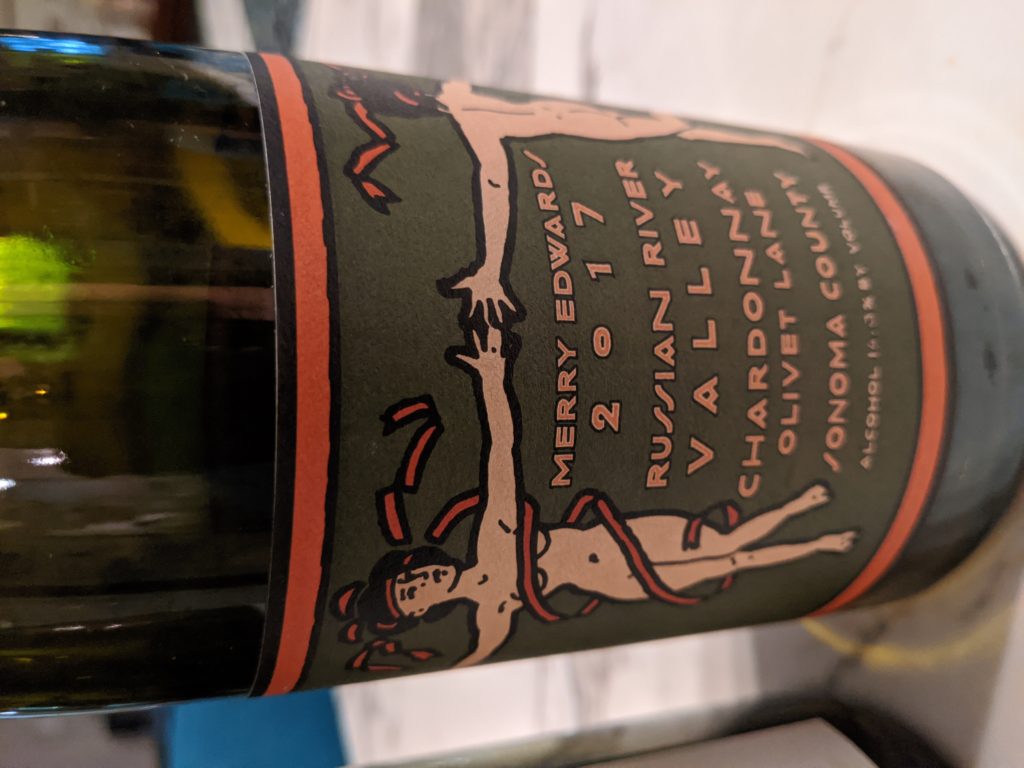
We also had the great pleasure in tasting Merry Edwards’ Olivet Lane Chardonnay at an earlier meal, which was an exquisite match for seared scallops. The Olivet Lane Vineyard totals 60 acres, 24 of which are planted to Chardonnay (and 22 of which are planted to Pinot Noir). This land has been owned by the Pelligrini family since 1973 at which point they converted the fruit and olive orchards to vineyards, with guidance from a professor at UC Davis. Over time, this vineyard has developed a stellar reputation for its classic style and its grapes are highly sought after.
TASTING NOTE: Aromas of vanilla and wood greeted the nose. The dry, full-bodied palate presented with rich nuttiness, medium acidity and notes of apple, wood, vanilla and minerality, along with long length.
Time will tell if we’ll need to hunker down again in isolation, but for we are are enjoying our new-found freedom and the promise of summer.


